DROPS Snow
Excellent for felting!
from:
2.00£
per 50 g
Content: 100% Wool
Yarn Group:
E (9 - 11 stitches)
/ 14 ply / super bulky
Weight/length: 50 g = approx 50 m
Recommended needle size: 9 mm
Knitting tension: 10 x 10 cm = 10 sts x 14 rows
Care: Hand Wash, max 30°C / Dry Flat / Feltable
Superwash: no
Made in: EU
Raw material origin: Wool from South America
This yarn has an Oeko-Tex® certification (certificate number 25.3.0099), Standard 100, Class I from the INNOVATEXT TEXTILE ENGINEERING AND TESTING, HUNGARY. This means that is has been tested for harmful substances and is considered safe in human-ecological terms. Class I is the highest level, and it means the yarn is suitable for baby articles (ages 0-3).
DROPS Snow is a soft, thick and easy to use single stranded yarn spun from 100% pure wool, that results in warm and comfortable garments, and is perfect for felting projects!
The wool fibers in this yarn are untreated, which means that it is only washed and not exposed to any chemical treatment prior to the dyeing. This highlights the fiber’s natural properties, while it also provides a better shape and texture quality.
A really popular winter yarn, DROPS Snow is available in 3 different types of shades: uni colour, a selection of solid colours; mix, where more colours are carded together before spinning for a mixed effect; and print, which features playful, irregular variations in colour and pattern.
*DROPS Snow is the new name for DROPS Eskimo
Read more about our products' sustainability here
Please be aware that the colours shown may vary from screen to screen in the same way that shades may vary slightly from dye lot to dye lot.
How do I care for this yarn?

Hand Wash, max 30°C / Dry Flat
First of all, consider just airing the garment, instead of washing it. If you still desire to wash it, here are some guidelines:
- Hand wash at 30ºC - separately - with wool detergent without enzymes or optical brighteners.
- Don’t let the garment soak. Move the garment gently back and forth, do not rub or squeeze it.
- Rinse the garment until the rinse water is completely clear, making sure the water temperature stays uniform.
- Do a light centrifugation of the garment (about 800rpm), choosing a program that DOES NOT take in water at the start. Or press carefully the water out of the garment with a dry towel. The garment shouldn’t be twisted or rolled.
- To dry the garment, shape it and lay it flat - do not hang - ideally on a warm bathroom floor or on top of a drying rack in a room with good air circulation. Never dry the garment in direct sunlight.
- Don’t tumble dry.
- Never iron the garment directly. Use always a damp cloth between your steaming iron or regular iron and the garment.
Note: If you are washing a project made with this yarn combined with another, the general guideline is to follow the washing instructions for the most delicate of the yarns you are working with.
Thinking about felting this yarn?
See how this yarn looks before and after felting:
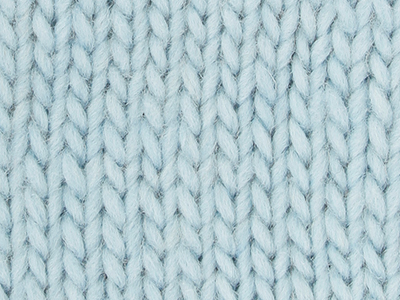
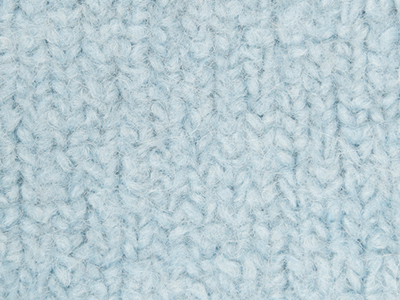
Needles: 9.00 mm
Before: 10 sts x 14 rows
After: 13 sts x 24 rows
Do you have a question about this yarn?
See a list of frequently asked questions (FAQ) about our yarns.
1) What type of fibers make the DROPS yarns?
Yarn can be made from a large number of natural and synthetic fibers. DROPS carries mainly yarns made from wool, cotton, alpaca, linen, mohair and silk. Each fiber type has its own qualities, and they are often mixed to take advantage of the best properties of each one. Coarse yarn has the advantage of being stronger and more durable, and finer fibers offer more softness and comfort. Here a bit about the main fibers we carry:
Alpaca:
Alpaca fleece is the natural fiber harvested from an alpaca, and it is similar in structure to sheep wool fiber. Its softness comes from the small diameter of the fiber, similar to merino wool. It is a soft, durable, luxurious and silky natural fiber. Yarn made from alpaca fibers does not felt or pill easily, and it can be light or heavy in weight, depending on how it is spun. While similar to sheep’s wool, it is warmer, not prickly, and has no lanolin, which makes it hypoallergenic. Alpacas come in 22 natural colors, with more than 300 shades from a true-blue black through browns-black, browns, white, silver and rose-greys.
Mohair:
This fiber comes from the Angora goats, and it's considered a luxury fiber. Mohair yarn is warm as wool, but much lighter in weight; it is durable, dyes well and does not felt easily. Mohair fibers have also a distinctive luster created by the way they reflect light. Despite being a hard fiber, mohair is usually spun into a very fluffy yarn, resulting in airy and lustrous garments.
Wool:
The wool fibers come from the skin of sheep and are relatively coarse fibers. Two striking characteristics of wool are its susceptibility to heat and its felting property, which is caused by the scales on the surface. Depending upon the breed of sheep, the appearance of the wool varies.
Wool from Merino sheep is considered the finest type of wool, having as characteristics that is finely crimped and soft. All the Merino wool in the DROPS yarns has its origins in South America, coming from sheep that have not been subject to Mulesing.
Pure new wool is wool made directly from animal fleece, and not recycled from existing wool garments.
Machine washable wool is wool treated chemically to minimize the outer fuzzy layer of the fibers, and be therefore fitable for machine wash (see Superwash).
Silk:
The silk fiber is a fine continuous fiber produced from the cocoon of a moth caterpillar known as the silkworm. While silkworm is cultivated, the wild or tussah silk is obtained from uncultivated silkworm cocoons. Silk fiber is one of the strongest natural fibers and makes a wonderful knitting yarn. It blends really well with other fibers, especially wool. Silk also dyes beautifully with natural dyes.
Vegetable fibers:
There are several varieties of vegetable fibers, found in the cell walls of plants or vegetables. Of all the varieties, two are recognized as major knitted or textile fibers. They are cotton and linen.
Cotton is the fiber surrounding the seeds in a cotton pod, and it is almost pure cellulose. Cotton is usually white in color but there are green and brown varieties as well. The cotton fiber is most often spun into yarn or thread and used to make a soft, breathable textile that is good for summer clothing and accessories, making a weaker yarn than silk or linen but stronger than wool.
Mercerized cotton is cotton that has been through a mercerization treatment. This treatment gives cotton fabrics and threads a lustrous yarn that is more lustrous than conventional cotton. It is also stronger, takes dye a little more readily, makes the yarn more resistant to mildew and reduces lint. It also may not shrink or lose its shape as much as "regular" cotton.
Linen is a fiber derived from the stalk of the flax plant that is durable and stronger than any other fiber. The linen fiber is relatively soft, straight and lustrous and becomes more beautiful with age. Linen is more comfortable to wear in hot temperatures than cotton, due to the fact that it absorbs moisture better and dries more quickly.
Other materials used in our yarns include synthetic fibers such as acrylic, viscose, polyamide (nylon) and polyester. These fibers are used mostly to give strength to a yarn (like our sock yarn, DROPS Fabel) or a special kind of structure (like our blown yarn, DROPS Air).
The polyamide fibre, commonly known as nylon, is very strong, durable, lightweight, easy to care for (can be machine washed and dried), and elastic, which makes it perfect for blending with other fibres to produce hard-wearing yarns like sock yarn.
Compared to polyester, polyamide is softer and more flexible, but it also absorbs more water and dries slower.
3) What type of information can I find on the DROPS yarn labels?
All DROPS yarn labels include information about fiber content (wool, cotton, etc.), weight in grams and ounces, length in meters and yards, washing instructions and symbols (explained here), color number, dye lot number and yarn group information.
4) What are the DROPS yarn groups?
All DROPS yarns are classified into 6 different thickness groups (A to F). Yarns in a same group have similar knitting tension/gauge, and can therefore be interchanged in patterns; however the length may be different, so when substituting always calculate the amount of meters/yards needed for the pattern to know the amount of yarn you need to get.
5) Can I use a different yarn than the one mentioned in the pattern?
Yes, as long as the yarn can be worked in the same knitting tension/gauge. Always swatch to make sure you get the same number of stitches in width and rows in height as given in the pattern.
Remember that different yarns with different textures, will give the garment different looks. The yardage/length may also be different, so when substituting always calculate the number of yards needed, in order to know the amount of yarn you need.
Read more about how to calculate the amount of an alternative yarn - and how to replace 1 thread of a yarn with 2 or more of another, here.
6) What does it mean when a yarn is “Superwash”?
A superwash wool is a special wool product that has been treated or processed in a way that allows it to be machine washable. Many people are afraid to work with wool because it is so easy to shrink (though some shrink wool on purpose) and superwash wool can allow them to work with great fibers without worry. (Read more here).
7) What does “Oeko-Tex® certified” means?
The Oeko-Tex® Standard 100 was introduced at the beginning of the 1990s as a response to the needs of the general public for textiles which posed no risk to health. The Oeko-Tex® Standard 100 is a globally uniform testing and certification system for textile raw materials, intermediate and end products at all stages of production. The test for harmful substances comprise substances which are prohibited or regulated by law, chemicals which are known to be harmful to health, and parameters which are included as a precautionary measure to safeguard health.
For more info go to www.oeko-tex.com
10) How accurate are the colours on the shade cards online?
When obtaining images for the shade card, we do our best to achieve the highest level of color accuracy. Unfortunately, we cannot guarantee how images will appear on your computer screen. Every monitor displays color differently, some colors might look darker than they really are, and some colors might be more saturated on some screens. If you experience that many of the yarn colors looks different on your screen than the actual color of the skeins, you can adjust the setting on your monitor.
11) What is a micron? What does super fine / extra fine mean?
The fineness of yarn fibers is measured in microns (thousands of millimeters). Super fine alpaca wool is 26-28 microns. Fine merino wool is less than 21.5 microns and extra fine merino is under 19.5 microns. The less microns the softer and more delicate a quality can be, the more microns the more hard wear the quality will be.
The reason why the microns in a yarn’s fibers are important is that the yarn will eventually become something else, and how delicate or coarse a yarn is will determine in part what we use it for. That’s why we recommend the softest yarns (like DROPS Baby Merino) for baby clothing, or why we choose to use a more hard wear yarn like DROPS Snow, for a seating pad or slipper.
12) Why are the colours in my skeins of print yarn different?
The reason why two skeins of a same print yarn look different can be 1) that both skeins are part of different dye lots; 2) that the skeins have been dyed using a technique called "magic print" (the one used for example in DROPS Delight), which provides unique patterns and smooth colour transitions to each skein, meaning also that within one dye lot, lighter or darker varieties might appear. This is no fault or defect, but part of the yarn's character.
13) My store doesn’t have the colour I want, what can I do?
If your DROPS store doesn’t have the yarn colour you want, try contacting a DROPS Super Store (the ones with the golden badges) - they will make sure to get a hold of the colour even if they don’t have it in stock themselves. See a list of all DROPS stores here.
14) Where can I find a specific dye lot of a colour?
Always try contacting your DROPS store first. If they do not have the dye lot you want we recommend you to ask other knitters and crocheters in the DROPS Workshop in Facebook or Ravelry, which may have the dye lot in their stash and might be willing to part from it.
Yarn sheds because there's not enough twist to hold all of the fibers together. All yarns have excess fibers (from production) that might come off as lint or shedding, in varied degrees that depend on how the yarn is spun. Brushed yarns ("hairier" yarns) like DROPS Melody, have more of these loose fibers than other yarns, and therefore shed more. Shedding also depends on what is worn under or over the garment, and whether this pulls at the yarn fibers. It’s therefore not possible to guarantee that there will be no shedding.
Below are some tips on how to get the best result when working with hairier yarns:
- When the garment is finished (before you wash it) shake it vigorously so the looser hairs come off. NOTE: do NOT use a lint roller, brush or any method that pulls at the yarn.
- Place the garment in a plastic bag and put it in your freezer - the temperature will cause the fibers to become less attached to each other, and excess fibers will come off easier. Leave in the freezer for a few hours before taking it out and shaking it again.
- Wash the garment according to the instructions on the yarn label. Garments worked with hairier yarns usually need to be shaken once dry after washing, so that the hairs rise and any excess fibers can come off.
Pilling is a natural process that happens to even the most exclusive of fibers. It's a natural sign of wear and tear that is hard to avoid, and that is most visible in high friction areas of your garment like a sweater's arms and cuffs.
You can make your garment look as new by removing the pilling, using a fabric comb or a pill/lint remover.
How can I replace this yarn?
If you are looking to replace this yarn with another DROPS yarn, you can use another yarn within the same yarn group, or try our yarn converter!
Other yarns in Yarn Group E
Read more about replacing yarn.Have a problem with the DROPS yarn you purchased?
When you purchase yarn from the shade cards or patterns on our site, you are not buying directly from DROPS but from one of the hundreds of DROPS stores around the world. It is therefore important that you take contact with the DROPS store where you bought the yarn, and that you save the labels of all the skeins you purchased (they are your warranty).
The DROPS store you contact will assist you and escalate the claim if necessary. Find a list of DROPS stores here.
Comments / Questions (357)
![]() Janet Ferguson wrote:
Janet Ferguson wrote:
I am not used to crocheting from charts. I am left-handed, and trying to make Extra 0-1237 seating pad. Could you produce a video in reading charts if one is left-handed. Is the beginning chain 3 counted as the first dc in rows 1-4? Would I get the same result if I printed the chart as a mirror image, and started on the left side, and worked toward the right? Also, Eskimo is E weight, 14 ply. Does C +C mean I could substitute two strands of aran C weight, 10 ply?
04.05.2016 - 03:27DROPS Design answered:
Dear Mrs Ferguson, in diagrams like in DROPS Extra 0-1237, every round is read from the right towards the left - you'll find diagram text over diagram (round 1-4 start with 3 ch and finish with 1 sl st in 3rd ch from beg of round) - You can get further individual assistance for left-handed crocheters from your DROPS store. Read more about groups and alternatives here. Happy crocheting!
04.05.2016 kl. 09:13
![]() Patricia wrote:
Patricia wrote:
The Eskimo uni color yarn is not on sale at the store...Is it normal? Thank you!
03.05.2016 - 11:21DROPS Design answered:
Dear Patricia. If the store sells uni colour Eskimo, this should also be in sale right now. Contact the shop to inform or let us know if there are any problems.
09.05.2016 kl. 10:43
![]() Jamie wrote:
Jamie wrote:
I was going to order some Eskimo uni color yarn. On the website, it shows it's on sale, but when I add it to my cart via the website and go to check out, it's listed at full price. How do I get the sale price?
01.05.2016 - 14:51DROPS Design answered:
Dear Jamie, it looks like the DROPS Superstore has now updated their prices, you can now place your order and get the discount. Happy knitting!
02.05.2016 kl. 13:22
![]() Helene wrote:
Helene wrote:
Liebes Drops-Team, ich habe mir schon vor längerer Zeit eine Strickjacke mit Eskimo gestrickt und bin sehr zufrieden mit der Wolle. Die Jacke ist schön dick und warm. Nun zu meiner Frage: die Farbe gefällt mir inzwischen leider nicht mehr (Natur und Pflaume). Deswegen trage ich die Jacke kaum noch, obwohl sie ansonsten noch top in Schuss ist. Gibt es die Möglichkeit, das Strickstück z.B. schwarz zu färben? Welche Färbemittel eignen sich dafür? Liebste Grüße, Helene
19.04.2016 - 12:14DROPS Design answered:
Liebe Helene, ich empfehle Ihnen, sich hierzu in einer Drogerie beraten zu lassen. Eskimo ist aus reiner Wolle, somit sollte ein Nachfärben eigentlich möglich sein, ich bin aber nicht sicher, wie die beiden Originalfarbtöne die neue Farbe aufnehmen (ob Schattierungen bleiben).
20.04.2016 kl. 07:31Jasmine wrote:
Dear customer service: I bought some Eskimo but I found out it has animal ordor. I think because the fiber was free chemical treated. I would like to know how to eliminate the ordor. Thank you very much.
09.03.2016 - 16:19DROPS Design answered:
Dear Jasmine, after washing the odor may go away, your DROPS store may have some more tips for you, do not hesitate to contact them, either per mail or telephone. Happy knitting!
09.03.2016 kl. 19:03
![]() Ann Hyllested wrote:
Ann Hyllested wrote:
Der er ikke overensstemmelse mellem pindestørrelse og strikkefasthed på hjemmesiden ved Eskimo og banderolet på selve garnet. På jeres side anbefaler I pinde 8mm og 11m x 15p På banderolerne anbefaler I pinde 9mm og 10 m x 14p. Man kan vel altid bruge hvilket pindenr som helst, blot man bruger strikkefastheden som udgangspunkt, men hvis der skal være mening i at anbefale et pindenr, bør der så ikke være overensstemmelse?
02.03.2016 - 17:19
![]() Isabelle wrote:
Isabelle wrote:
Ik zag dat jullie het prachtige tweed garen uit het assortiment hebben genomen, wat jammer! Vond het altijd een prachtig garen en werkte er graag mee. Komt hier nog een alternatief garen voor in de plaats? Want dit was het enige échte tweed garen dat jullie verkochten...
01.03.2016 - 19:34DROPS Design answered:
Hoi Isabelle. Op dit moment hebben wij geen plannen voor een alternatief.
02.03.2016 kl. 15:30
![]() Kristin wrote:
Kristin wrote:
Die Wolle strickt sich total gut, fühlt sich auch gut an auf der Haut und wärmt schön. Bereits nach ein paar Mal Tragen fusselt sie jedoch sehr stark und hat einen ernormen Abrieb! Der Pullover sieht nicht mehr schön aus und die ganze Wohnung voller Flusen! Schade!
29.02.2016 - 11:16DROPS Design answered:
Liebe Kristin, Eskimo ist ein Dochgarn und daher ist ein leichtes Pilling normal. Sollten jedoch grössere Probleme mit Pilling auftreten, wenden Sie sich bitte an den Laden, in dem Sie die Wolle gekauft haben.
01.03.2016 kl. 08:03
![]() Angel wrote:
Angel wrote:
Hi I love y his wool but what is the best way to wash a garment so it does not shrink or felt afterwards thanks
28.02.2016 - 12:50DROPS Design answered:
Dear Angel, you will find all care instructions on the label as well as on our website (tab "care" on shadecard) - and read more here - Your DROPS store will also give you also more tips & advices. Happy knitting!
29.02.2016 kl. 10:26
![]() Anne wrote:
Anne wrote:
Fijn garen om mee te breien. Maar als je er delen van het werk mee aan elkaar moet maken dan trekt het uit elkaar. Dit is erg lastig bij bijvoorbeeld het aan elkaar naaien van de verschillende onderdelen van een vest.
01.02.2016 - 21:03
![]() Arja Lindblom wrote:
Arja Lindblom wrote:
Kuinka mmonta prosenttia ESKIMO huopuu 40asteen huovutuksessa
20.01.2016 - 19:07DROPS Design answered:
Hei! Langan huopuminen riippuu monesta tekijästä, esim. siitä miten löyhää/kireää neulotaan, puikkojen koosta ym. Voit kuitenkin lukea lisää huovutuksesta tästä
19.04.2016 kl. 14:18
![]() Frans wrote:
Frans wrote:
Ik bestelde Eskimo ipv Cloud. jammer genoeg merk ik nu pas dat op 1 bol Eskimo slechts 50m zet ipv 80cm bij Cloud. hoe kan ik nu uitrekenen hoeveel bollen ik van Eskimo nodig heb om hetzelfde patroon te haken? (166-6)
23.12.2015 - 16:09DROPS Design answered:
Hoi Frans. Kijk hier hoe je de juiste hoeveelheid kan berekenen.
04.01.2016 kl. 12:54
![]() Joanna wrote:
Joanna wrote:
Prosze o informacje czy włoczka Eskomo jest gryząca
04.12.2015 - 23:12DROPS Design answered:
Jest to miękka, luźno zwijana wełna. Według mnie nie gryzie, ale to zależy od indywidualnej wrażliwości. Radzę ją wypróbować na jakiejś małej robótce. POZDRAWIAMY
03.02.2016 kl. 18:03
![]() Hamstermaus wrote:
Hamstermaus wrote:
Ich bin begeistert. Lässt sich angenehm stricken. Besonders toll finde ich, dass man beim Dochtgarn das Ende des aktuellen Knäuels mit dem Anfang des neuen "verfriemeln" kann, so dass man keine Fäden vernähen muss! Ist ein toller, dicker Schal geworden.
27.11.2015 - 16:44
![]() Prigent wrote:
Prigent wrote:
Bonjour, je suis très déçue par cette laine, j'ai tricoté le modèle de bonnet péruvien blanc pour ma petite-fille et au 1er lavage à l'eau froide il a rétréci de moitié, c'est devenu un bonnet pour poupée. Dommage!
19.11.2015 - 15:11DROPS Design answered:
Bonjour Mme Prigent, merci de bien vouloir contacter le magasin où vous avez acheté votre laine en lui indiquant le numéro de bain, et toute autre information utile, afin qu'il puisse nous transférer toutes ces informations.
20.11.2015 kl. 10:27
![]() Gonidec wrote:
Gonidec wrote:
Bonjour, Je voudrais réaliser un poncho en laine ESKIMO .... Pouvez vous me proposer une autre laine pour substitution ? J'ai lu que ESKIMO était cassante et pelucheuse !
06.10.2015 - 18:07DROPS Design answered:
Bonjour Mme Gonidec, DROPS Eskimo appartient au groupe E de nos fils à tricoter, cliquez ici pour en savoir plus sur les alternatives et demandez conseil à votre magasin DROPS. C'est un fil pur laine - pensez toujours à bien suivre les conseils d'entretien comme pour toute autre laine et pour toute information complémentaire, pensez à toujours vous adresser à votre magasin, il saura vous aider et vous renseigner. Bon tricot!
07.10.2015 kl. 13:29
![]() Katharina wrote:
Katharina wrote:
Ich wünsche mir für all die tollen Eskimo-Modelle ein Alternativ-Garn, welches diese Negativ-Eigenschaften (s. letzter Kommentar) nicht vorweist. Denn eure Modelle sind echt toll und machen so viel Lust aufs Stricken und Häkeln
29.09.2015 - 21:58
![]() Katharina wrote:
Katharina wrote:
Leider bin ich nicht von der Wolle überzeugt. Ich habe nun mehrere Modelle daraus gestrickt, weil mir das Stricken mit dieser Wolle viel Spaß gemacht hat. Nachteile: Berührt das Strickstück die Haut, so kratzt es mir deutlich zu stark. Des weiteren stört mich, dass die Wolle sehr schnell fusselt bzw. selbst schon vom Tragen einen filzigen Look bekommt. Meine wirklich tolle Strickjacke trage ich deshalb nicht mehr, weil sie einfach "heruntergekommen" aussieht. Schade!
29.09.2015 - 21:57
![]() Sari wrote:
Sari wrote:
Huovutanko Eskimosta tekemäni tossut pesukoneessa? Ja miten? Kiitos, Sari
27.09.2015 - 17:04DROPS Design answered:
Tossut huovutetaan pesukoneessa. Linkin "Vinkkejä & Apua" alta löydät ohjeita huovuttamiseen.
15.04.2016 kl. 15:58
![]() Anja wrote:
Anja wrote:
Liebe Leute, wenn es die Hälfte der schönen Tweed-Farben gar nicht mehr gibt, dann nehmt diese doch bitte aus dem Angebot unten raus! Oder kommen sie doch wieder rein ,-)? LG Anja
18.09.2015 - 16:27DROPS Design answered:
Liebe Anja, da die Farben in einigen Läden noch vorhanden sind, erscheinen sie noch eine Zeit auf den Farbkarten.
23.09.2015 kl. 07:20
![]() Li wrote:
Li wrote:
Bonjour. J'ai tricoté un poncho femme en Eskimo et lorsque l'on porte ce vètement, il dépose des "peluches", des filaments de laine. Y a t-il un moyen d'éviter ces peluches? (mettre au frigo ou .....,) Merci d'avance.
15.09.2015 - 14:34DROPS Design answered:
Bonjour Li, vous pouvez essayer de placer le poncho quelques heures au congélateur. N'hésitez pas à demander également conseil à votre magasin DROPS. Bon tricot!
16.09.2015 kl. 10:07
![]() Hilda Van Der Spoel wrote:
Hilda Van Der Spoel wrote:
Zijn er ook viltpatronen voor een jas gebreid van Eskimo wol?
27.07.2015 - 17:46DROPS Design answered:
Hoi Hilda. Nee, we hebben geen patronen voor vilten jassen.
28.07.2015 kl. 15:23
![]() Anne-Laure De Volder wrote:
Anne-Laure De Volder wrote:
Bonjour bonjour ! J'ai commande il y a maintenant quelques années 12 pelotes de laine eskimo pour tricoter un poncho. Je commence juste à le tricoter et je me rend compte que la laine se "casse", c'est à dire que je me retrouve avec un brin s'étend et qui lâche au bout d'un moment... est-ce normal ??? C'est très ennuyeux au moment de monter les mailles...
10.06.2015 - 11:34DROPS Design answered:
Bonjour Mme De Volder, Merci de bien vouloir contacter directement le magasin où vous avez acheté votre laine, il reprendra contact avec nous si nécessaire. Bon tricot!
11.06.2015 kl. 09:23
![]() Erin wrote:
Erin wrote:
I want to make this pattern but I would like to be able to order the required materials and have them mailed to me here in Canada. Is this possible?
29.04.2015 - 01:47DROPS Design answered:
Dear Erin, please click here to get more informations for ordering our yarn from Canada. Happy knitting!
29.04.2015 kl. 10:06






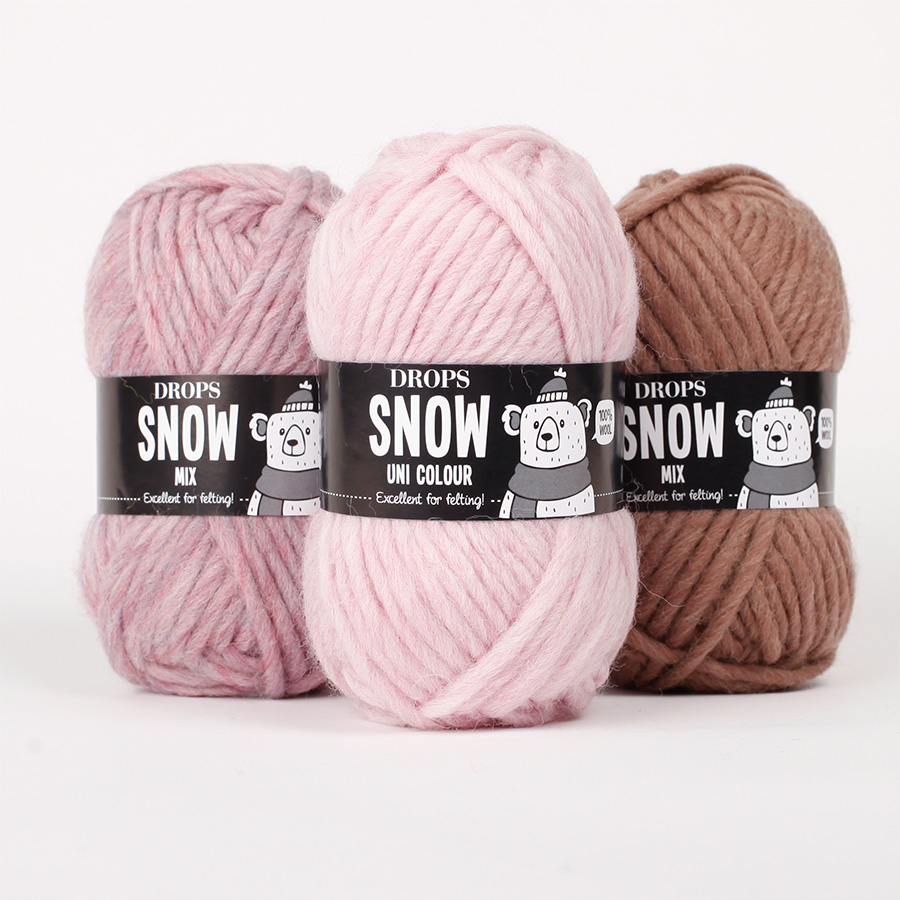
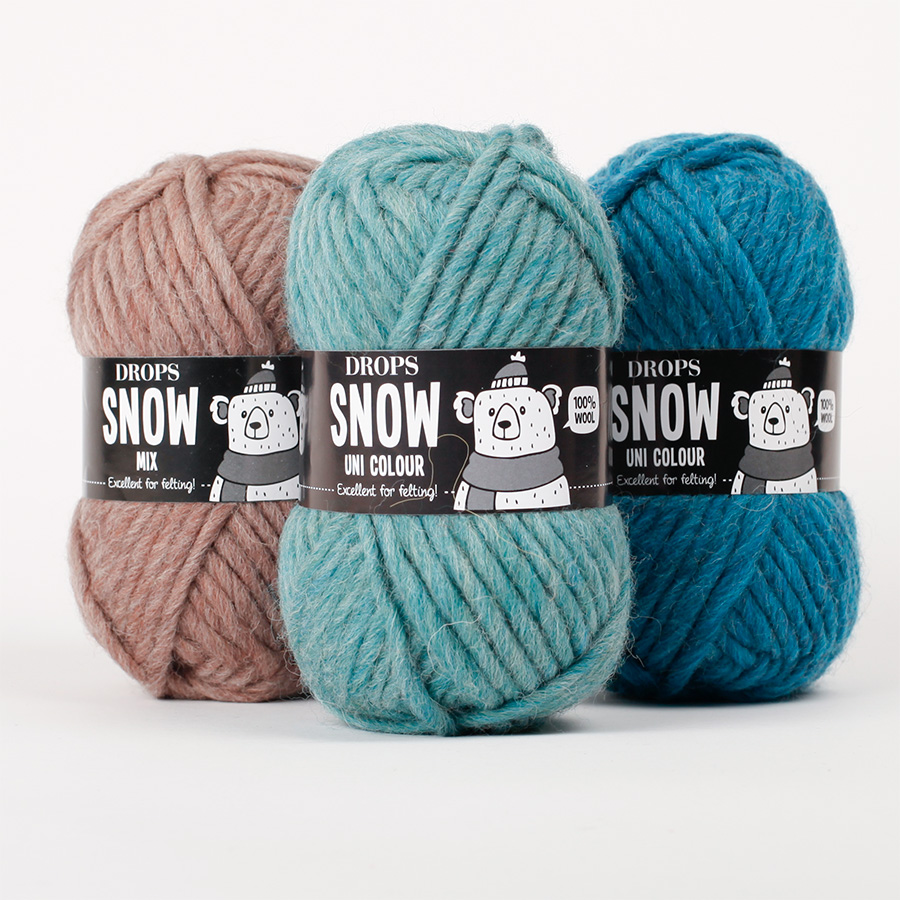
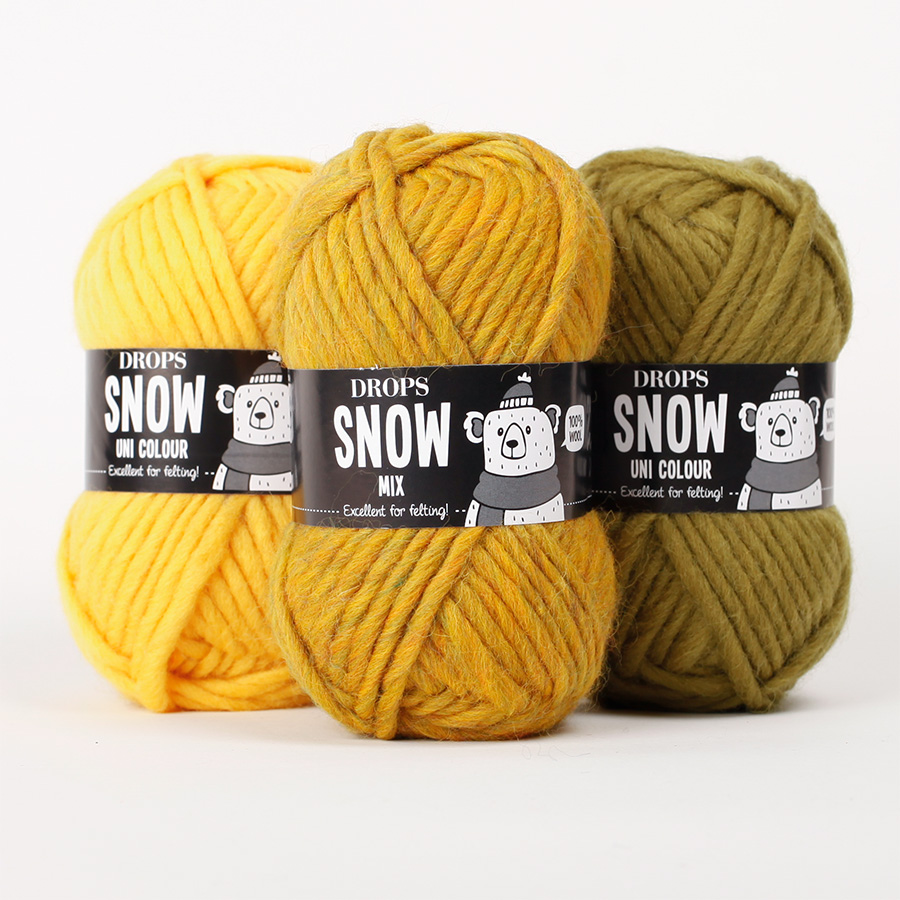
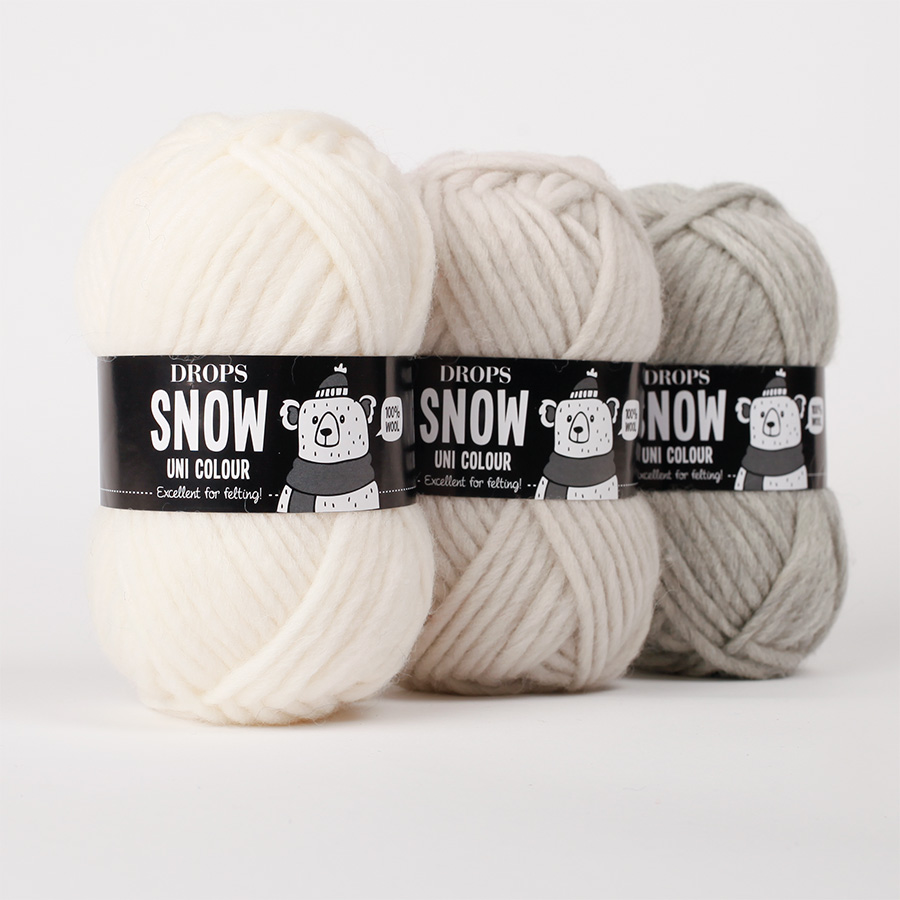
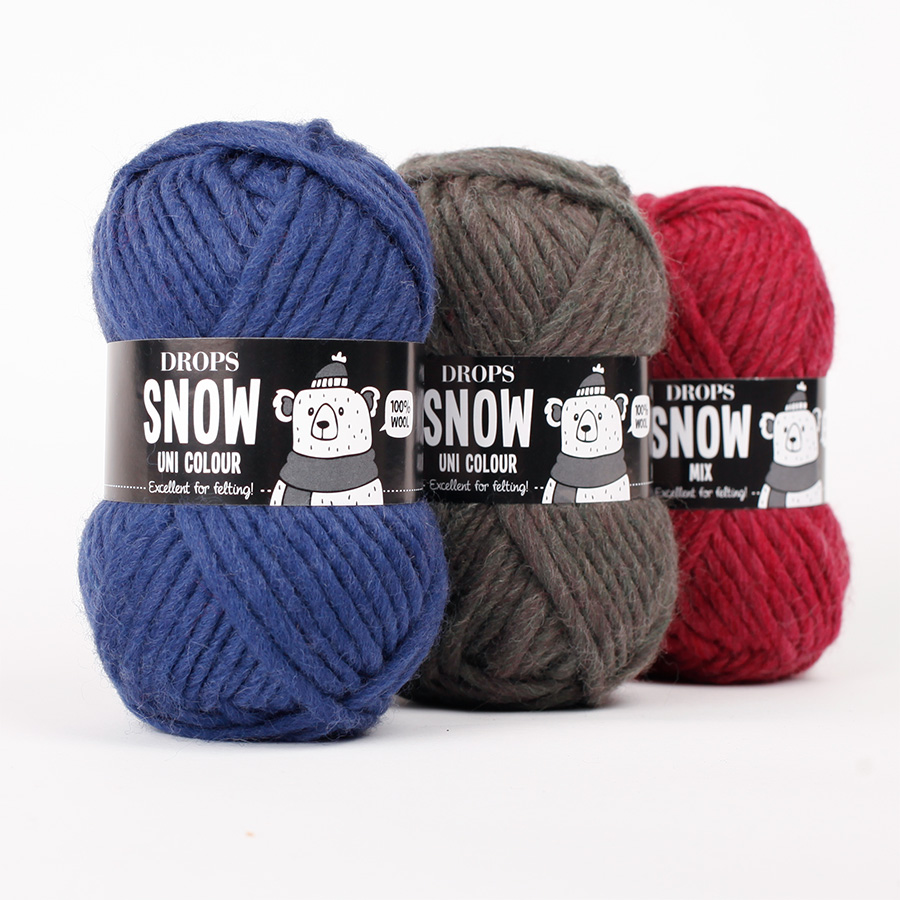
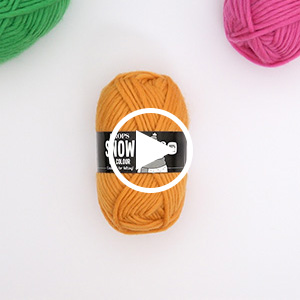









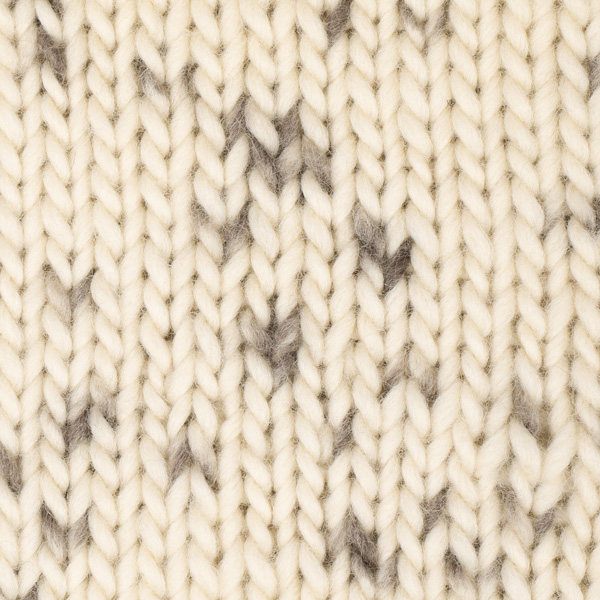
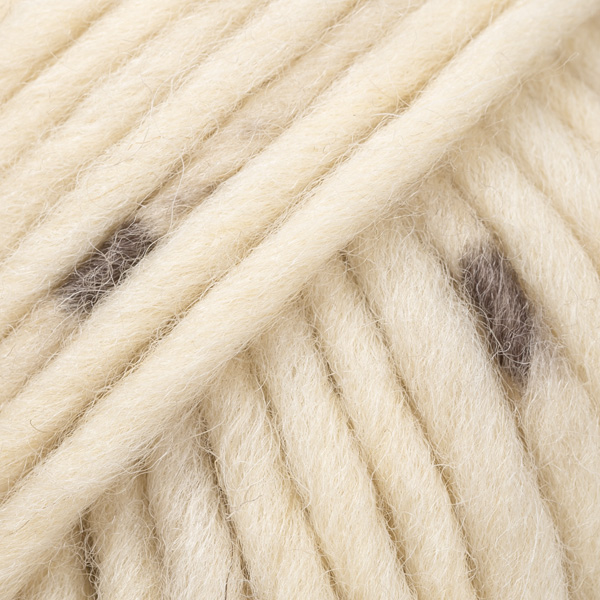

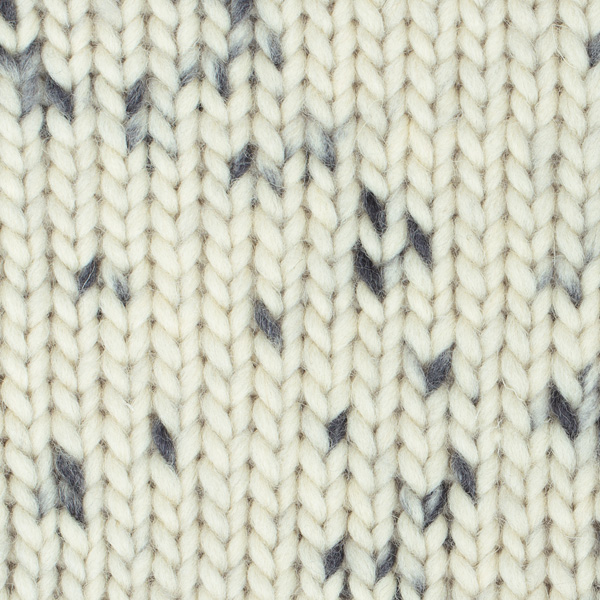
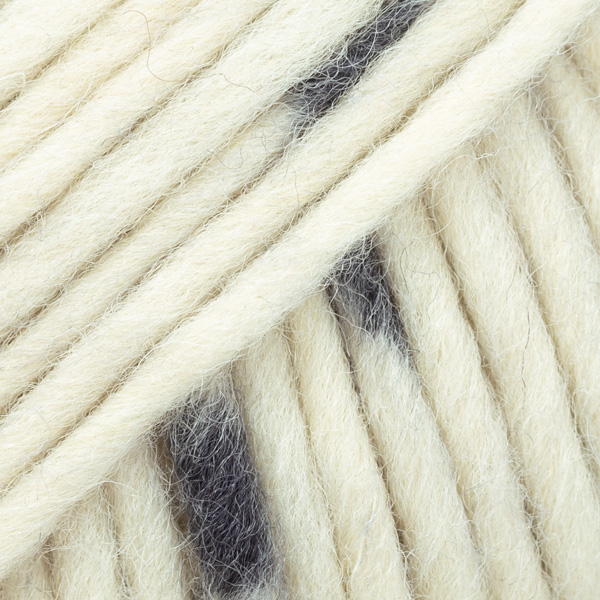

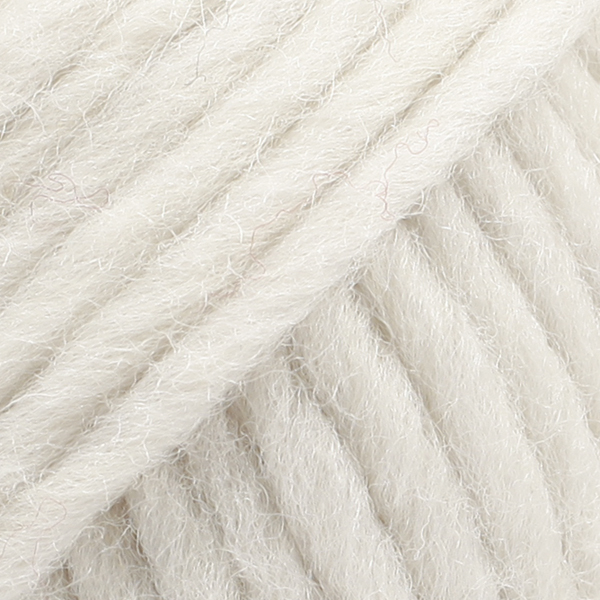

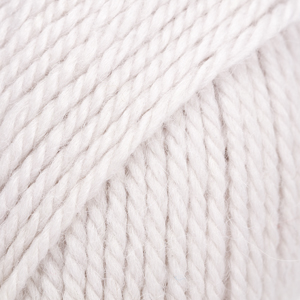


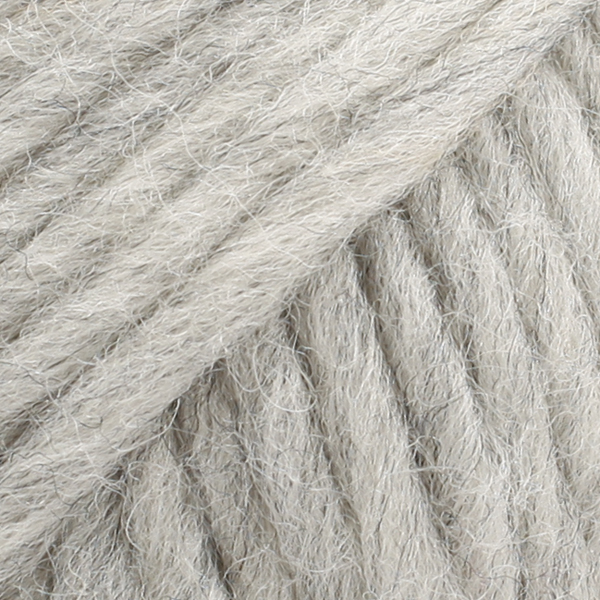

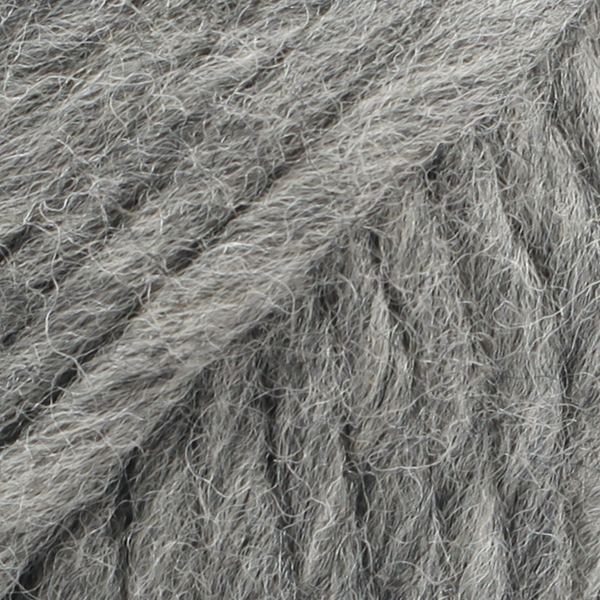







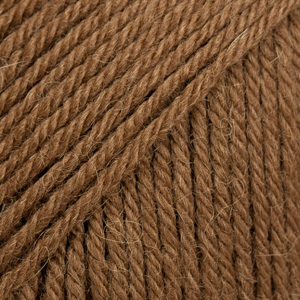




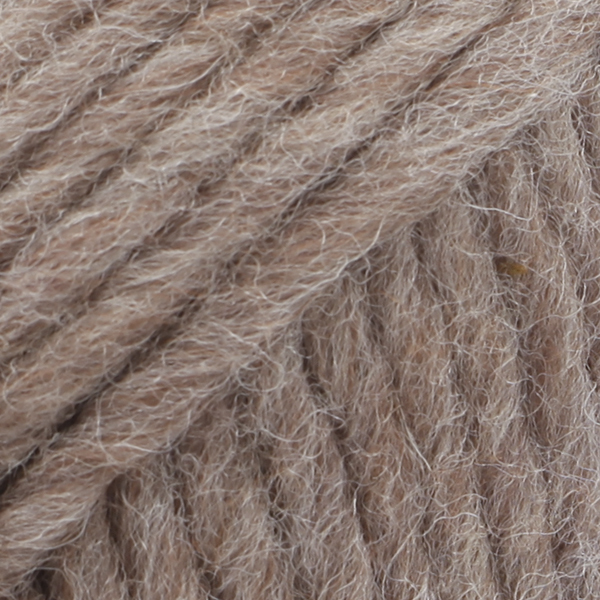



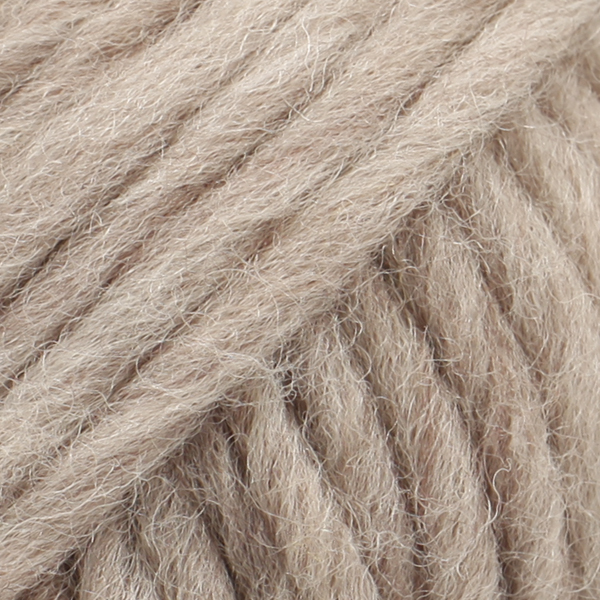



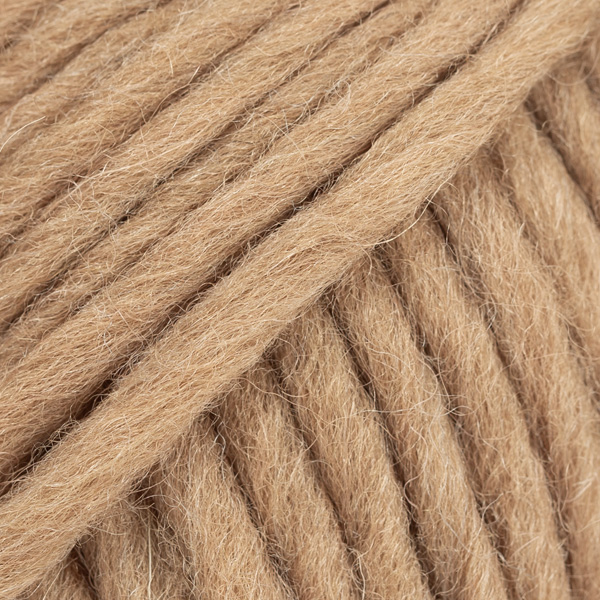

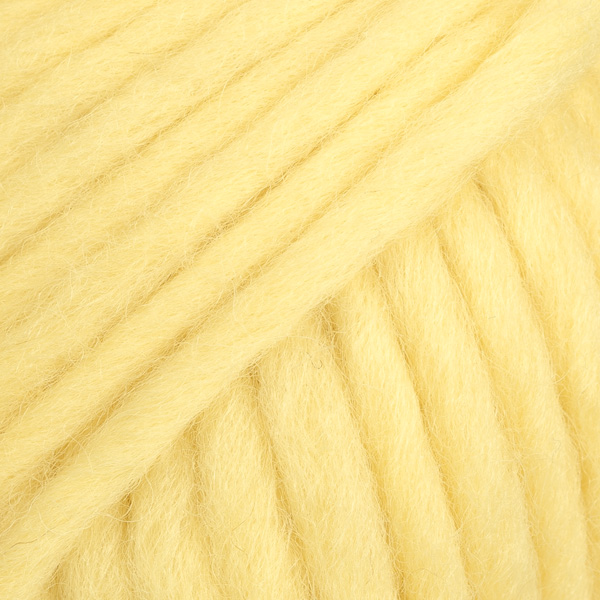





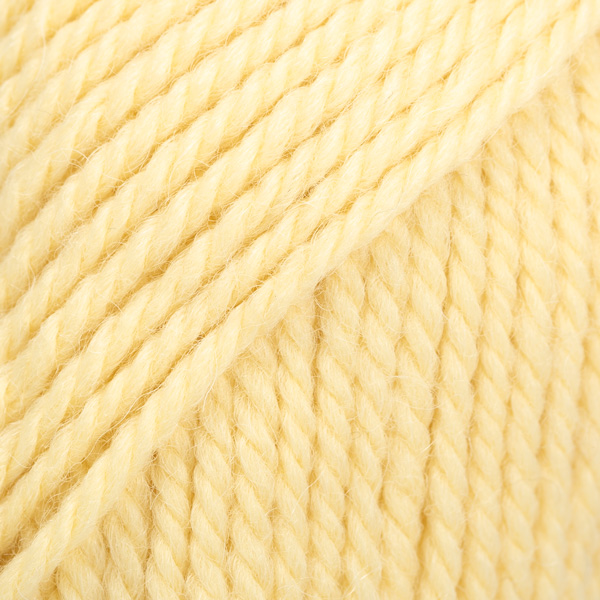

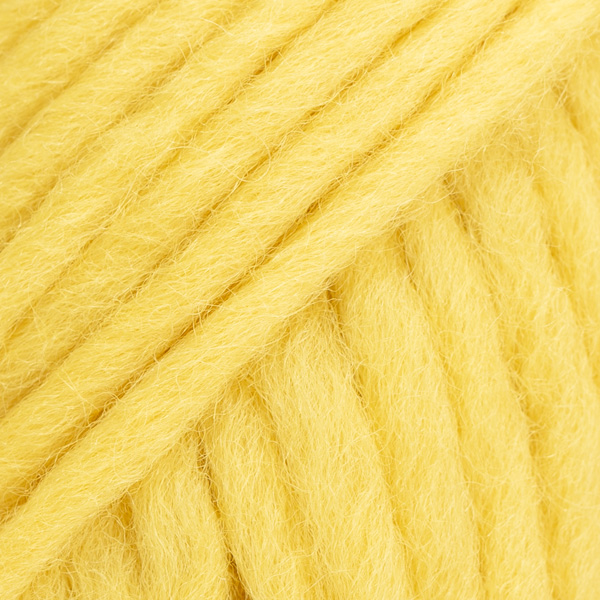



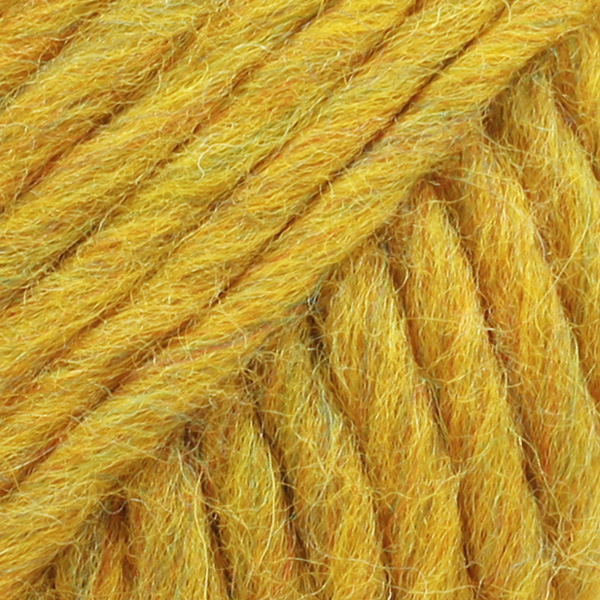


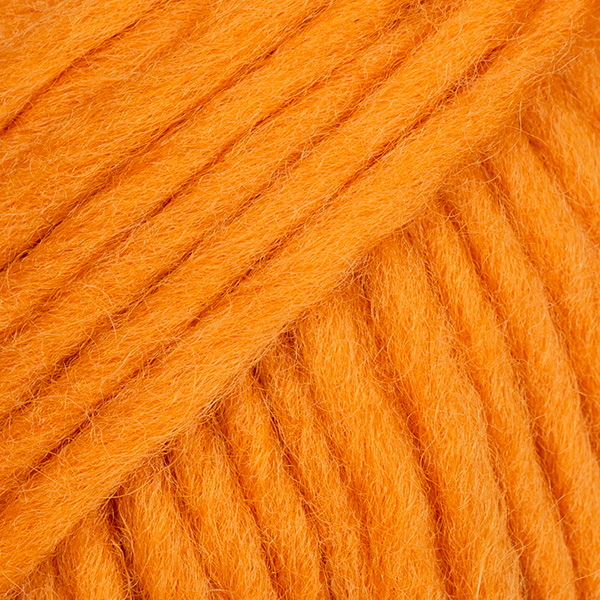





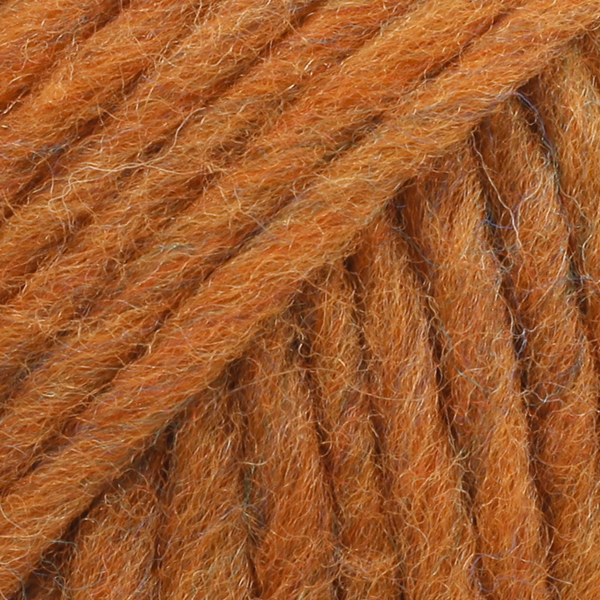

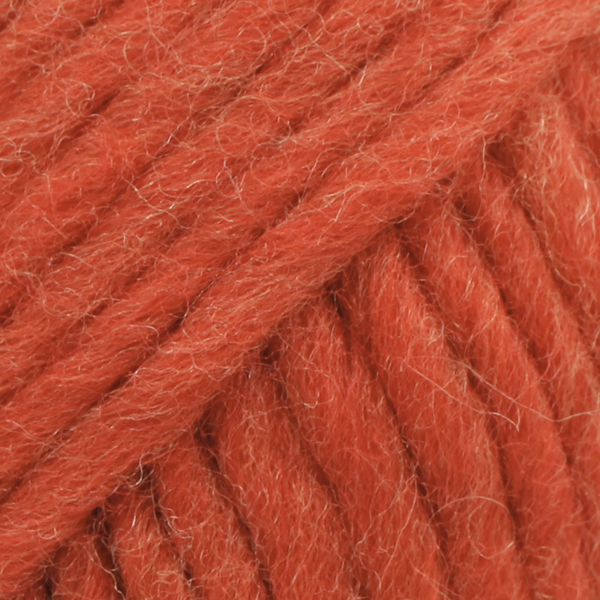

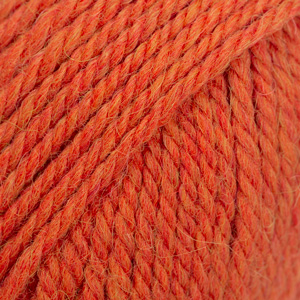


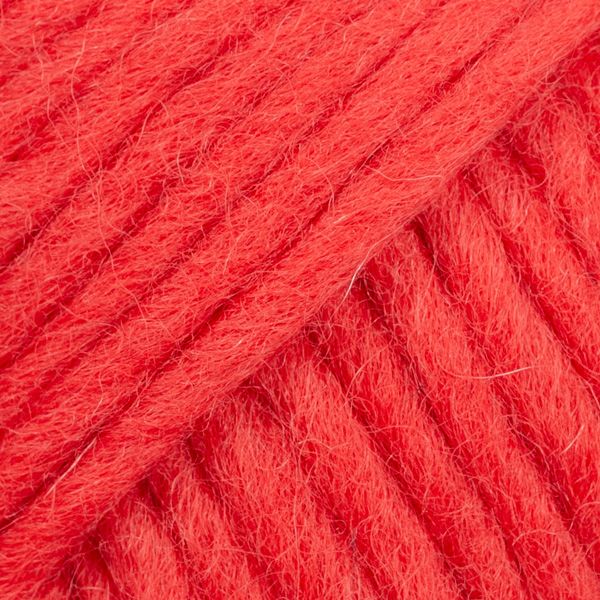

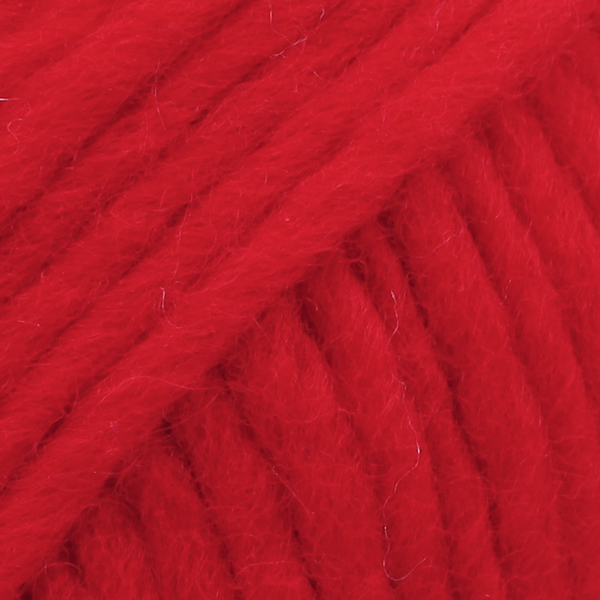








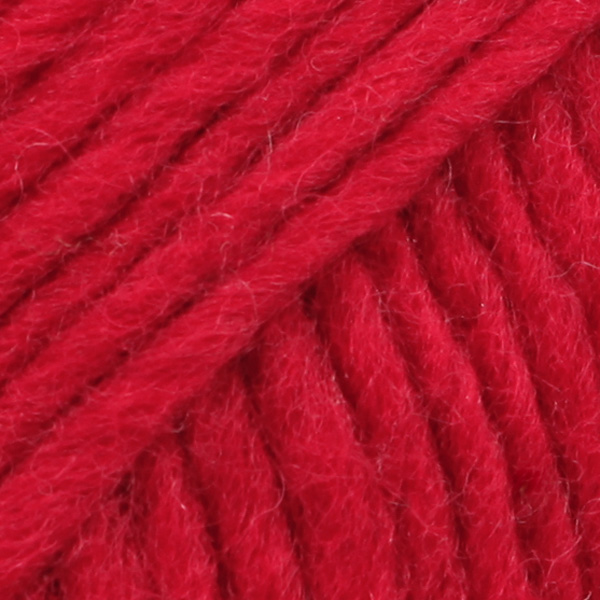



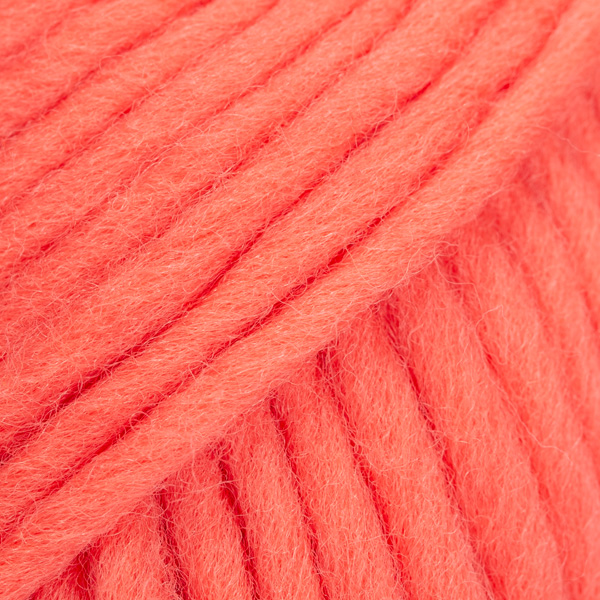



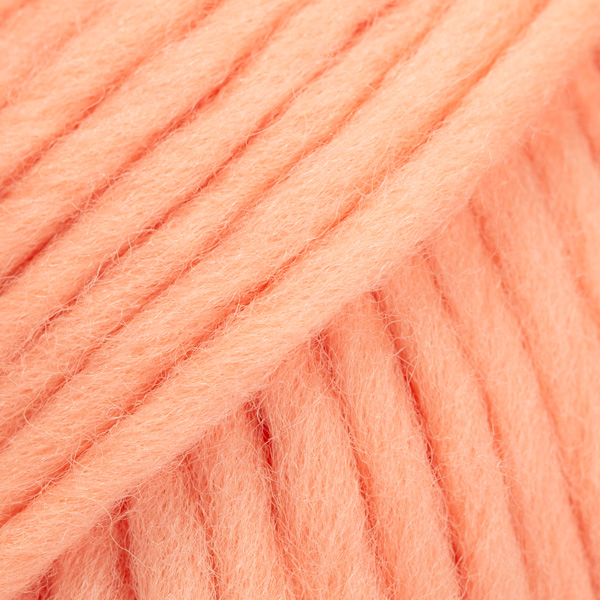





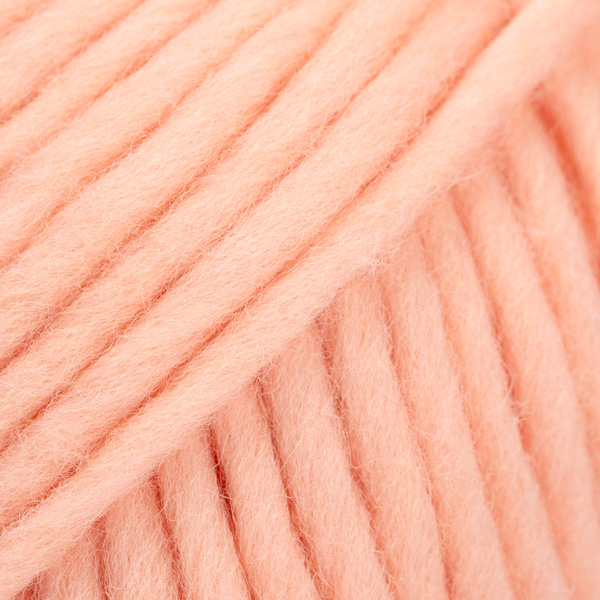

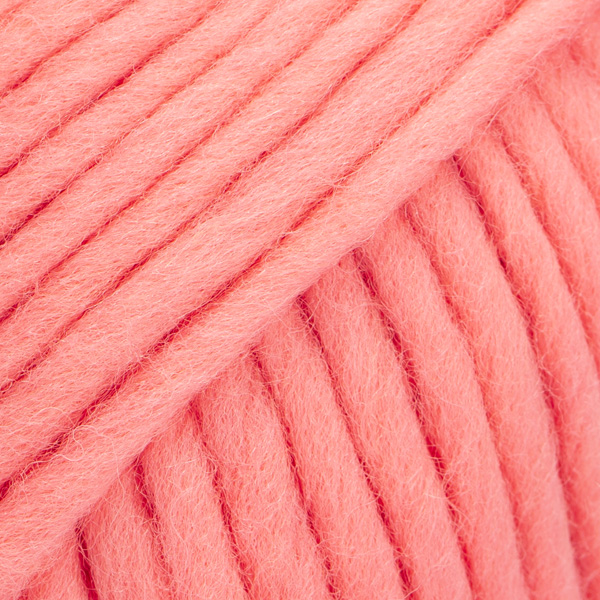



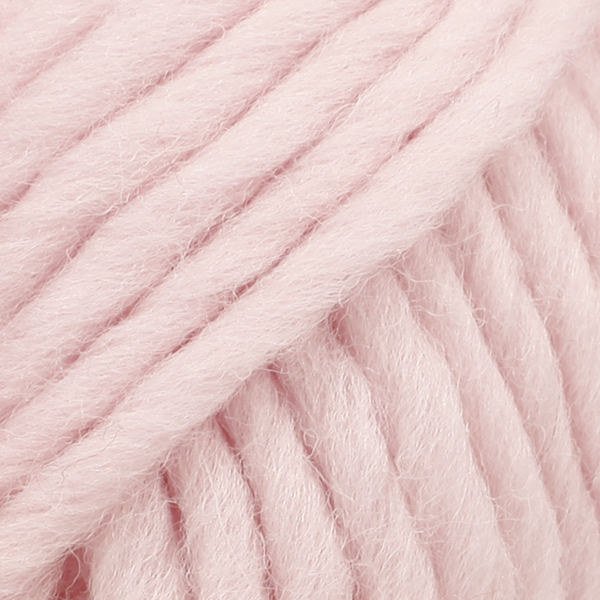

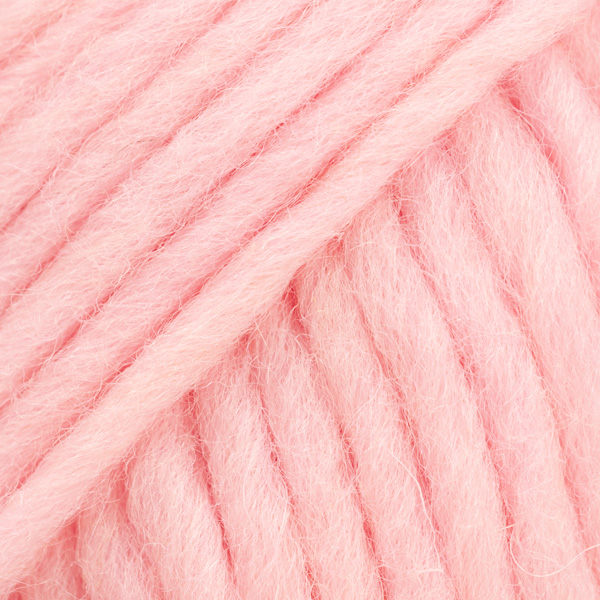





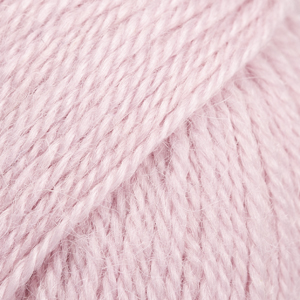







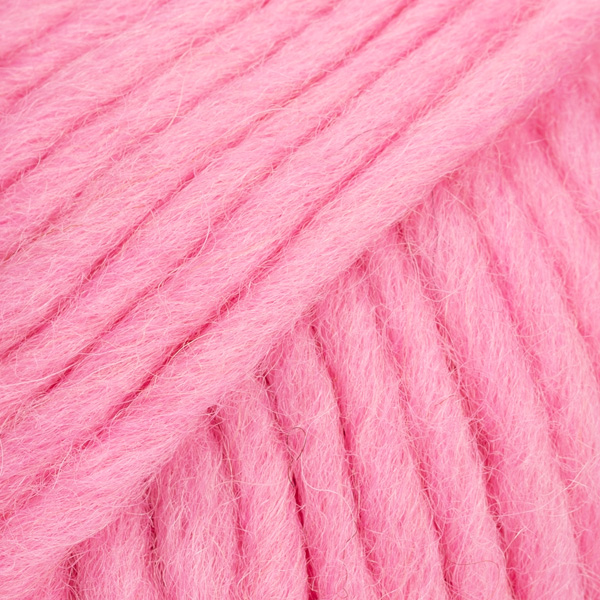

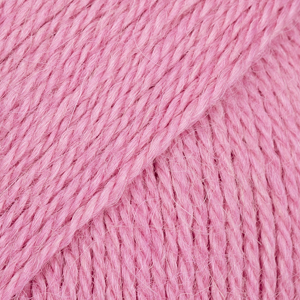


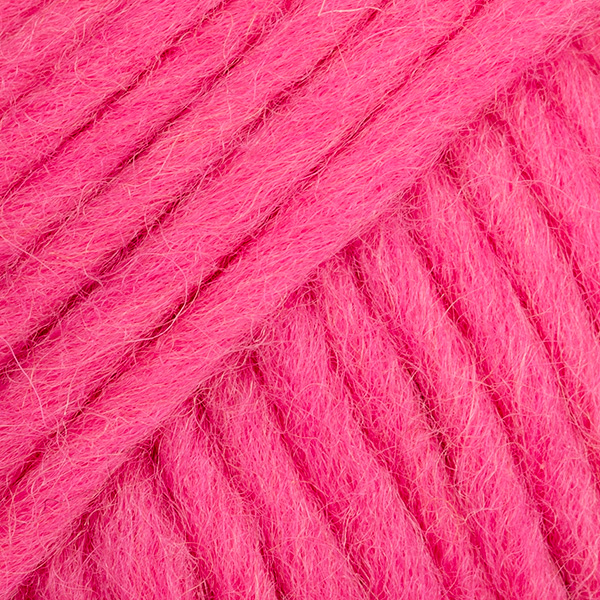






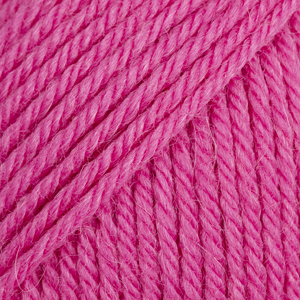





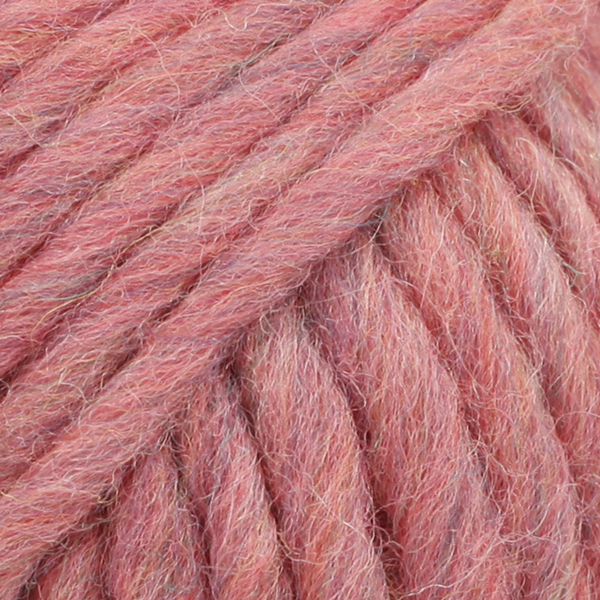

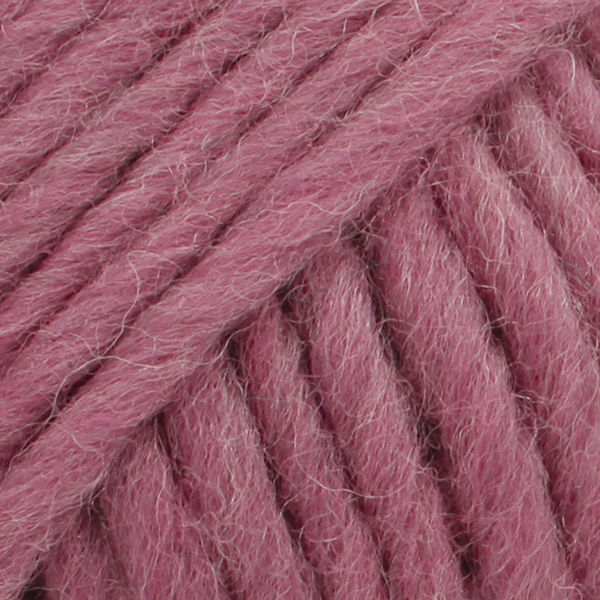

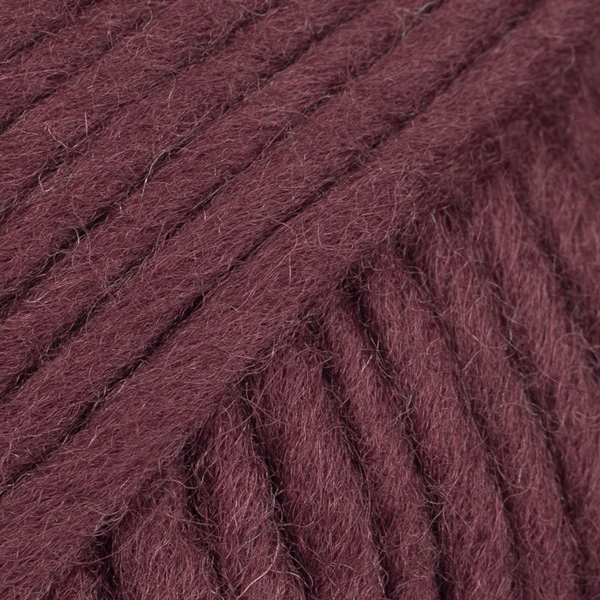

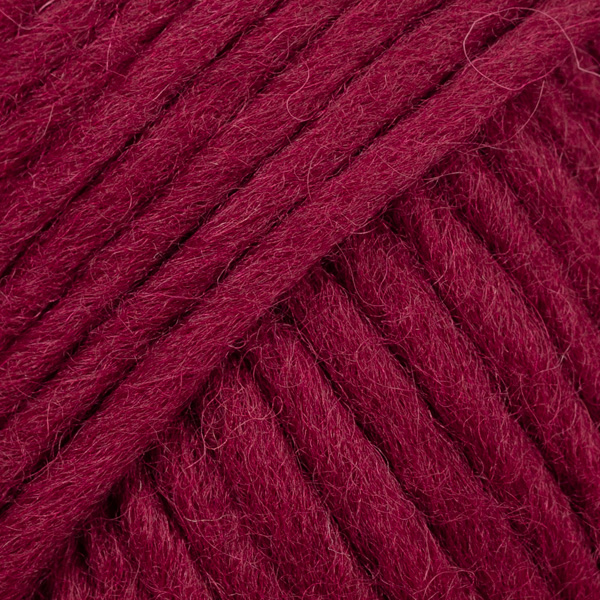







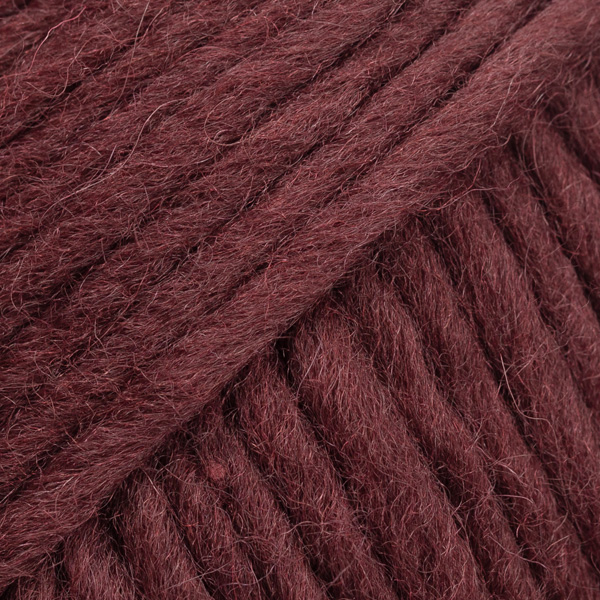



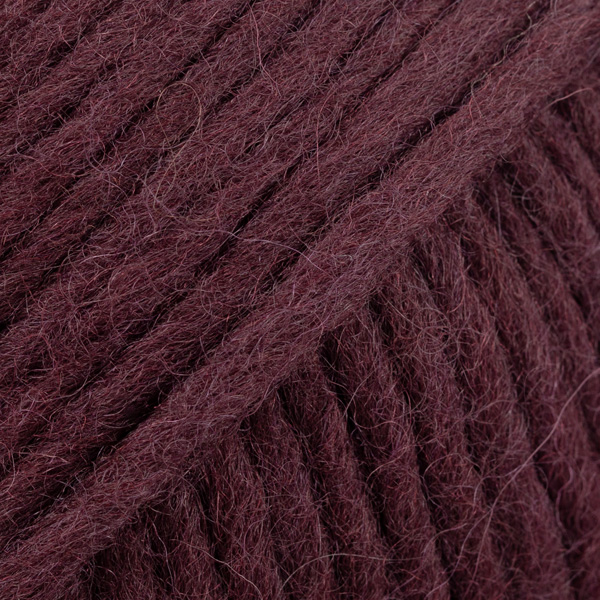



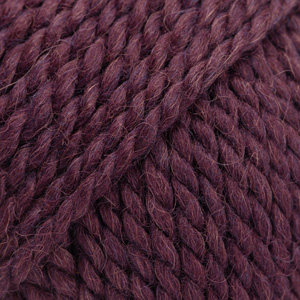







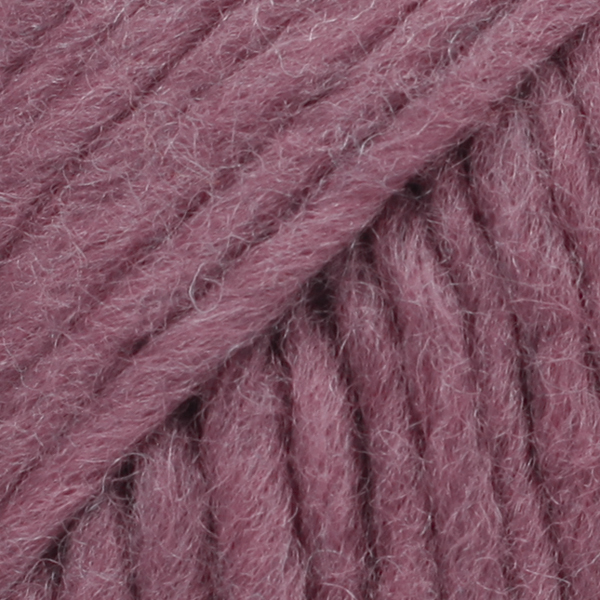




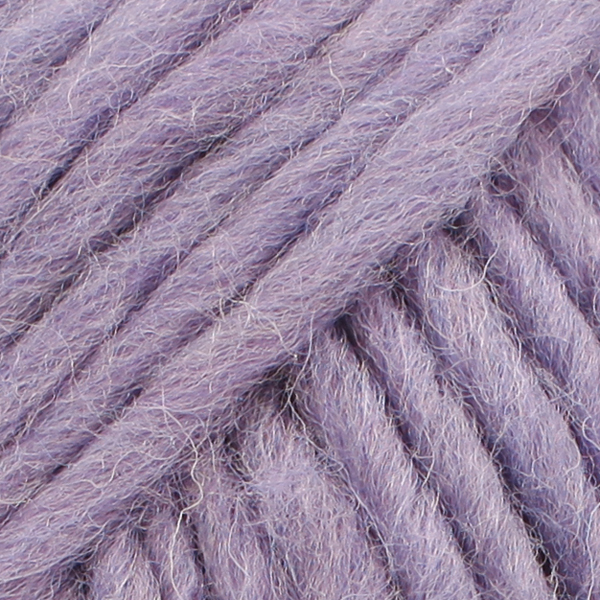





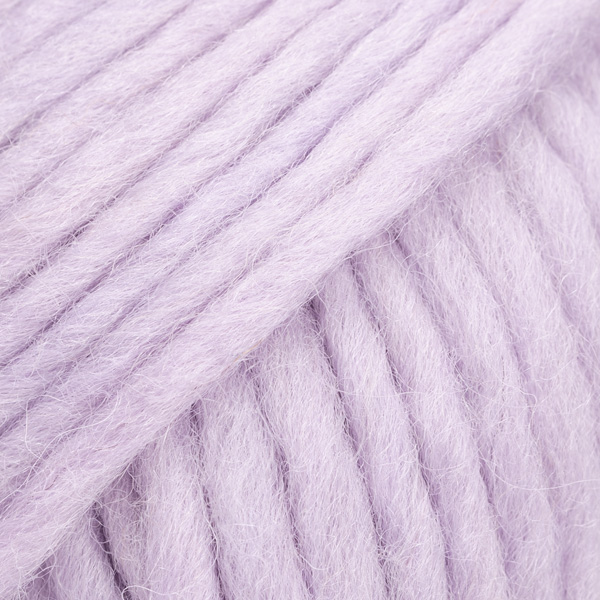
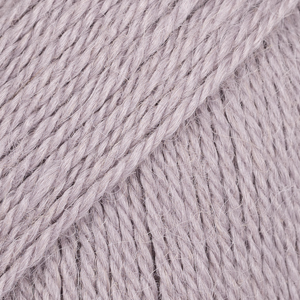




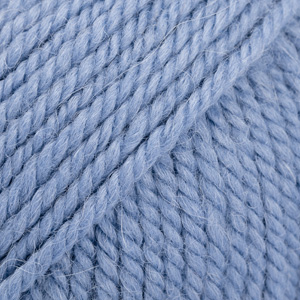



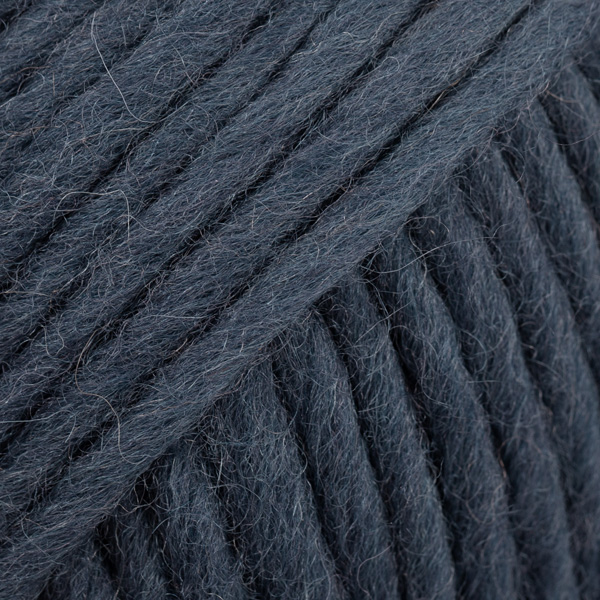




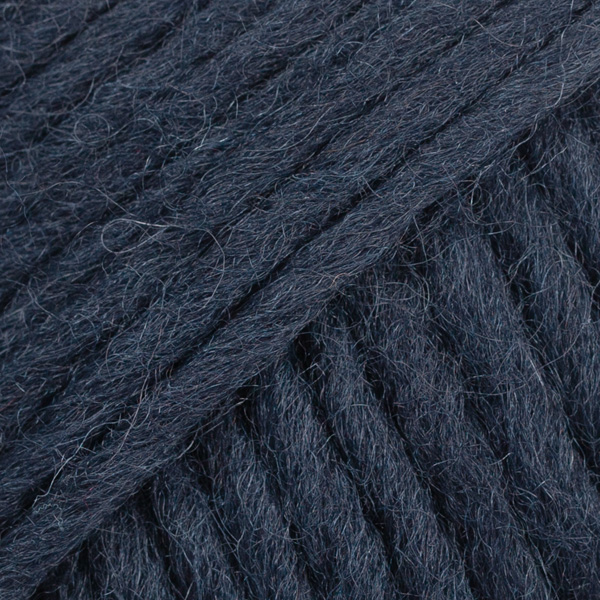









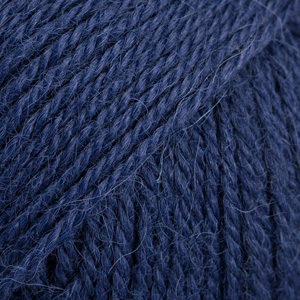




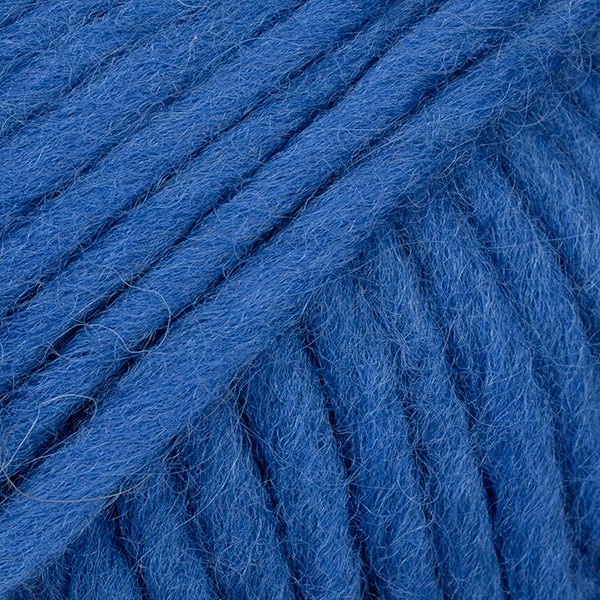











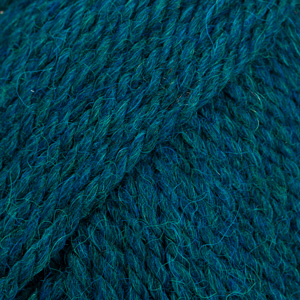

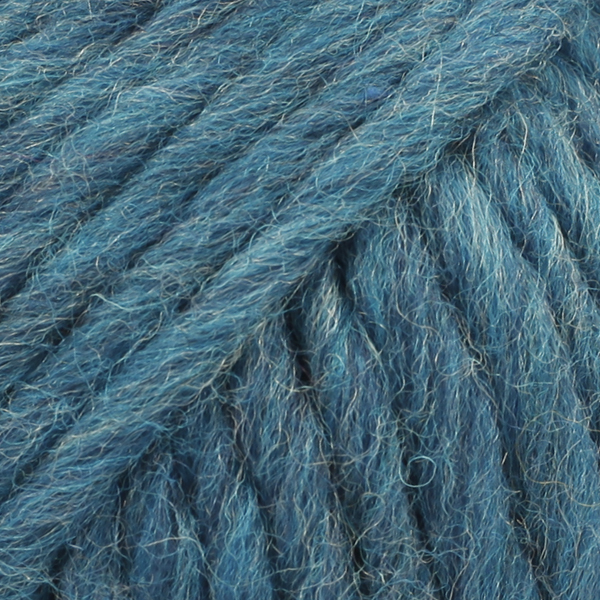





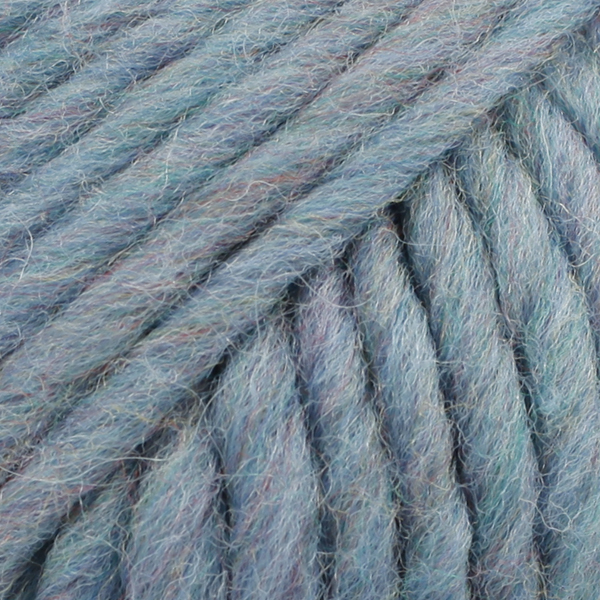

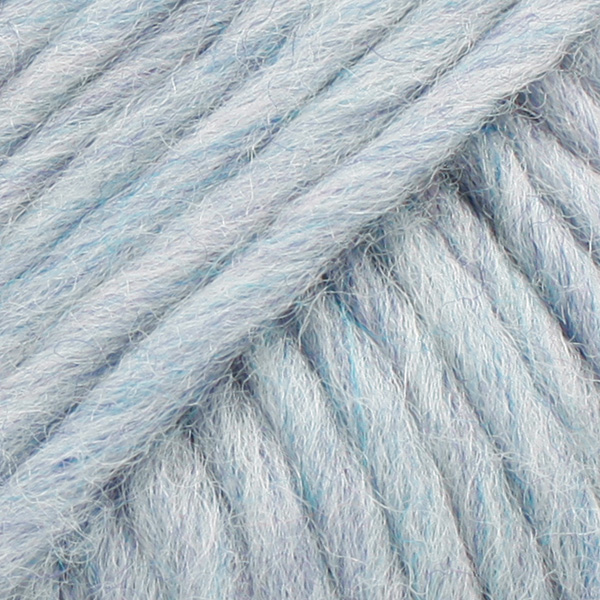

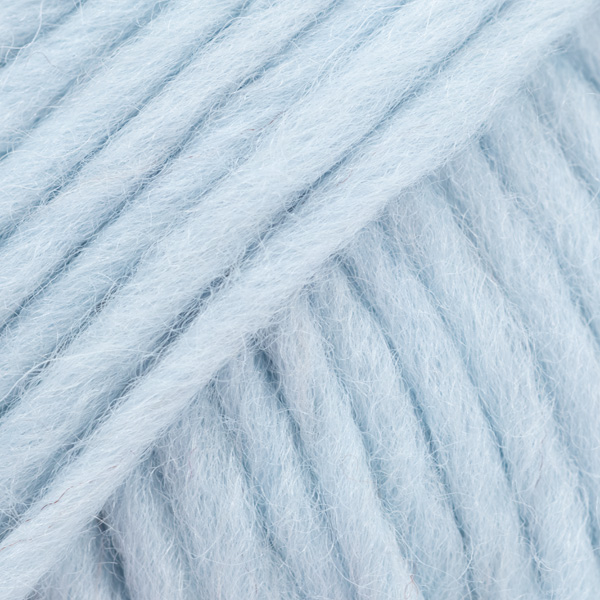





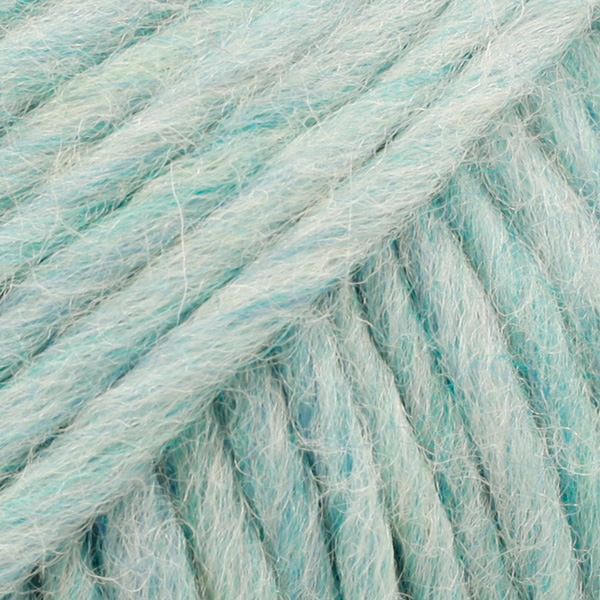






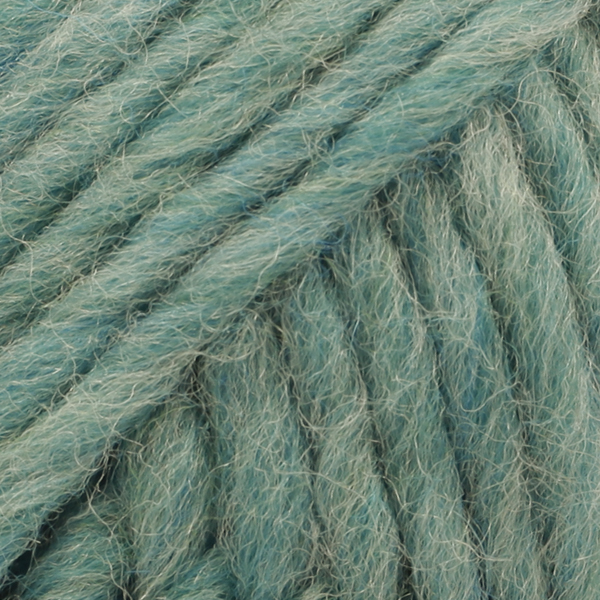





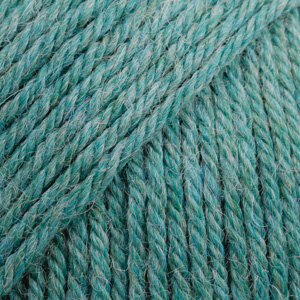



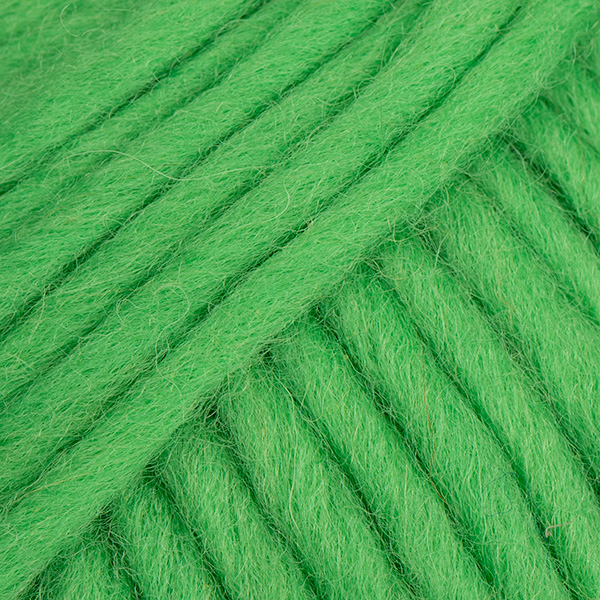










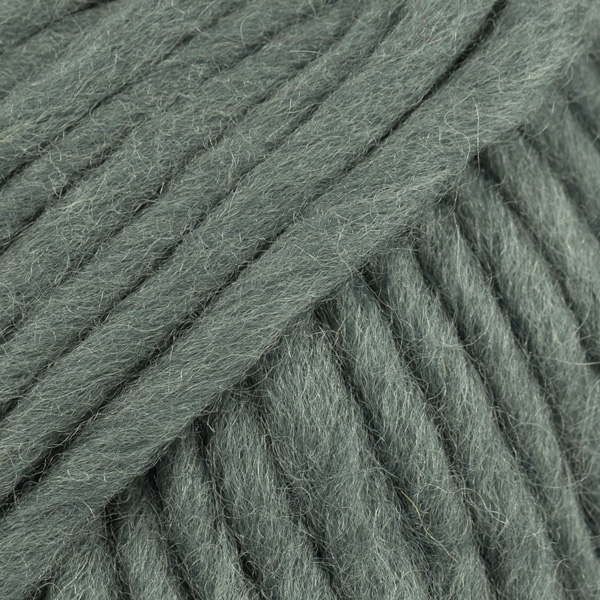

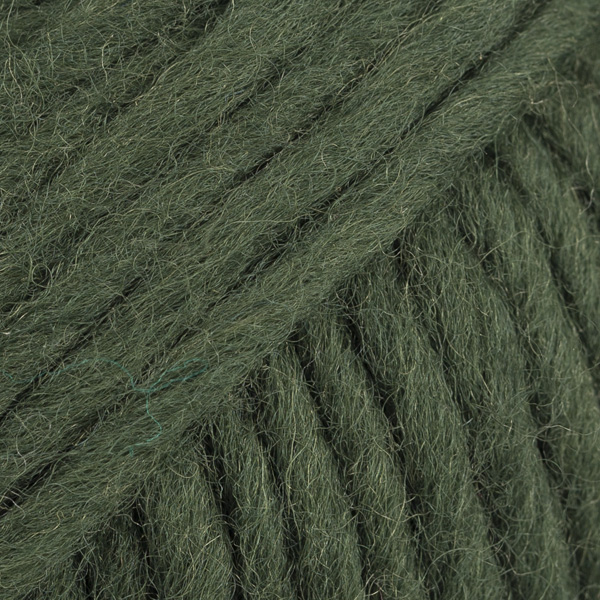
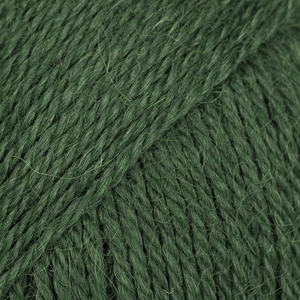


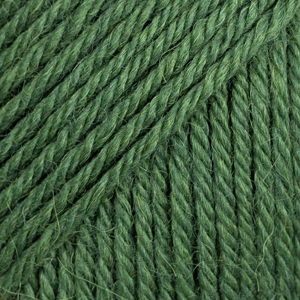
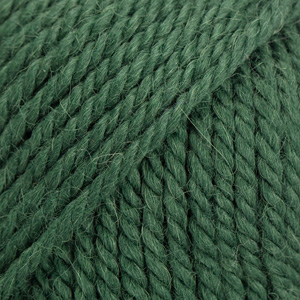


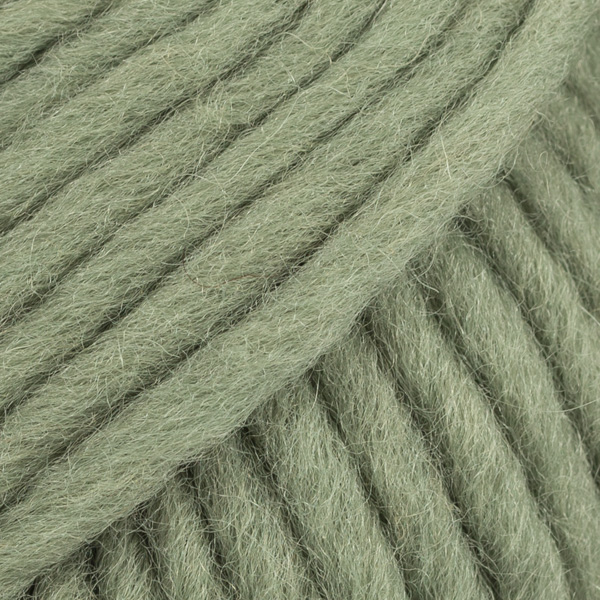

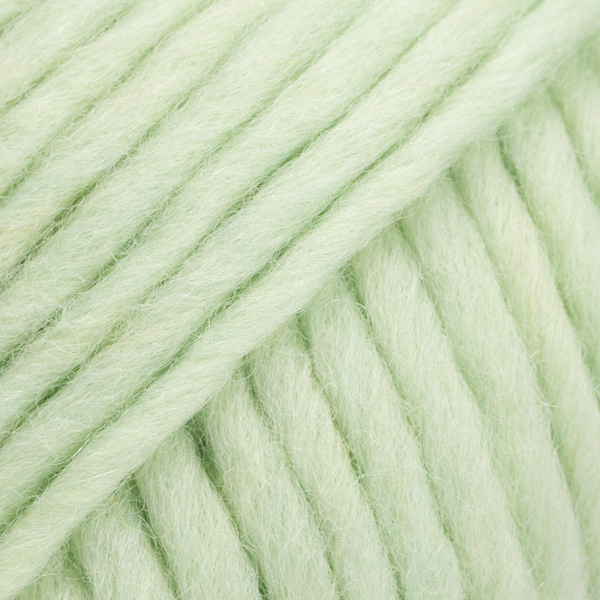

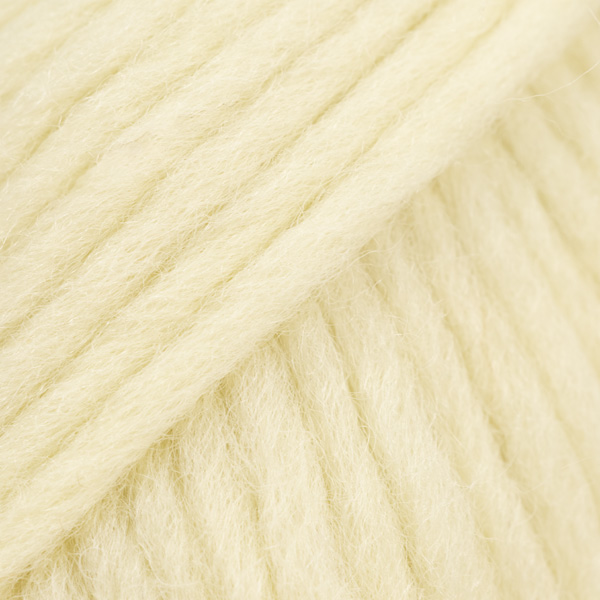








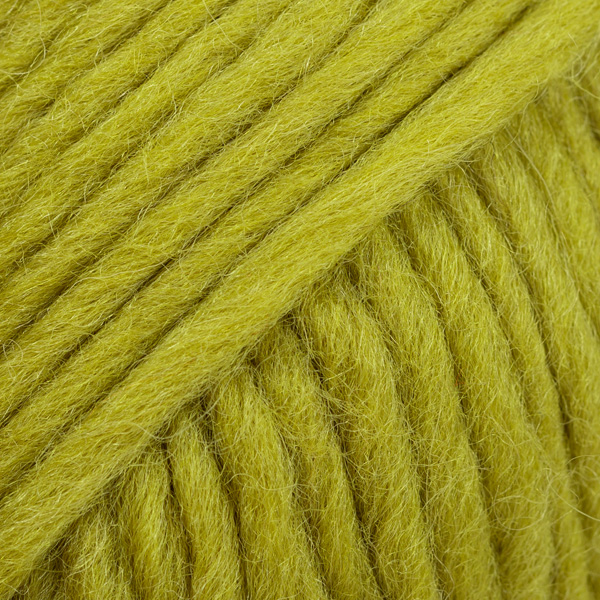





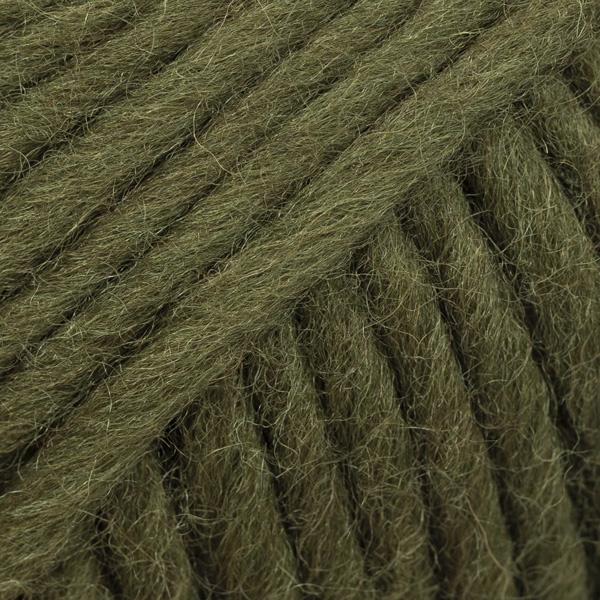



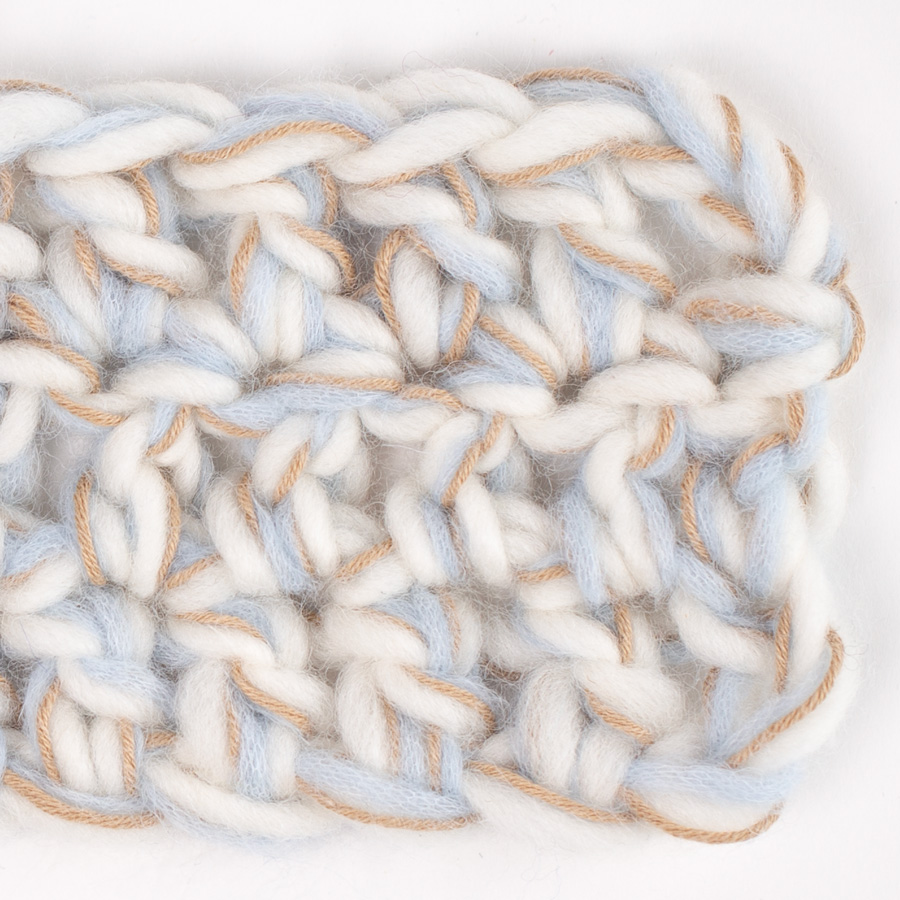
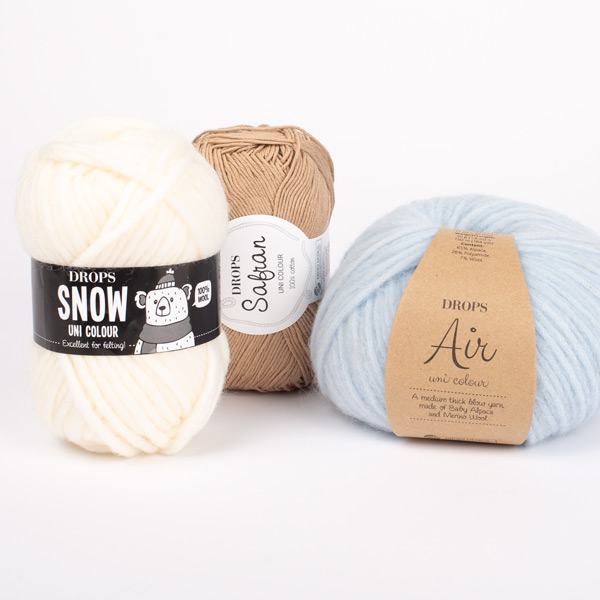
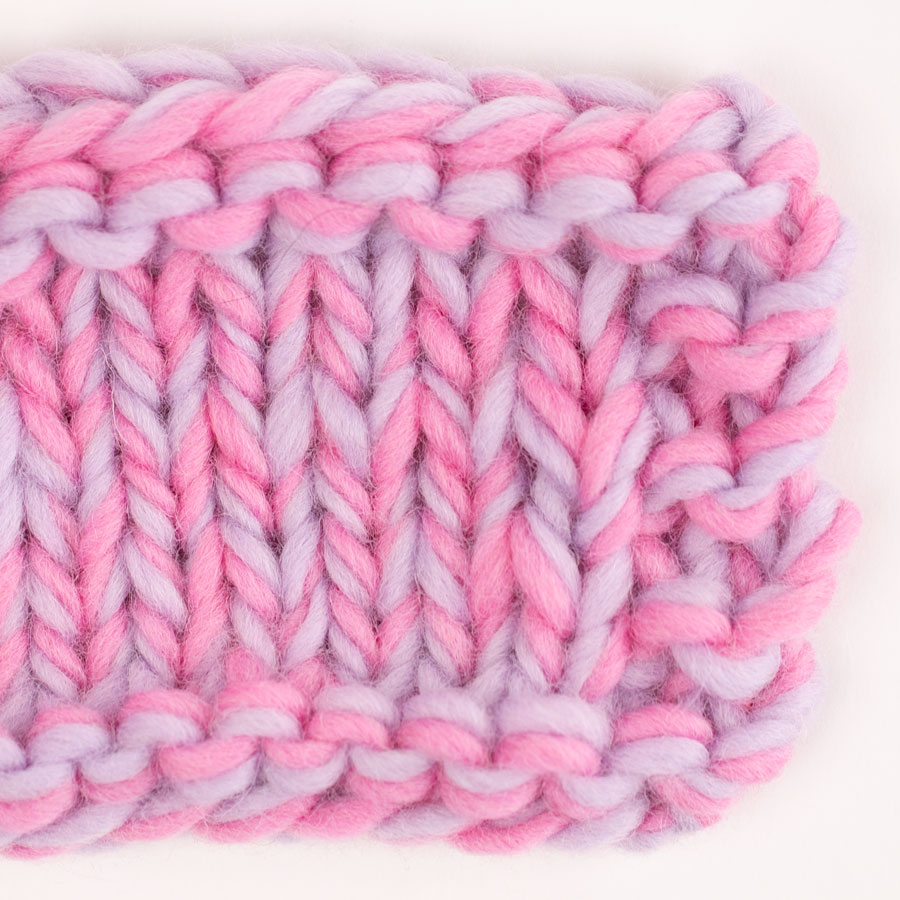
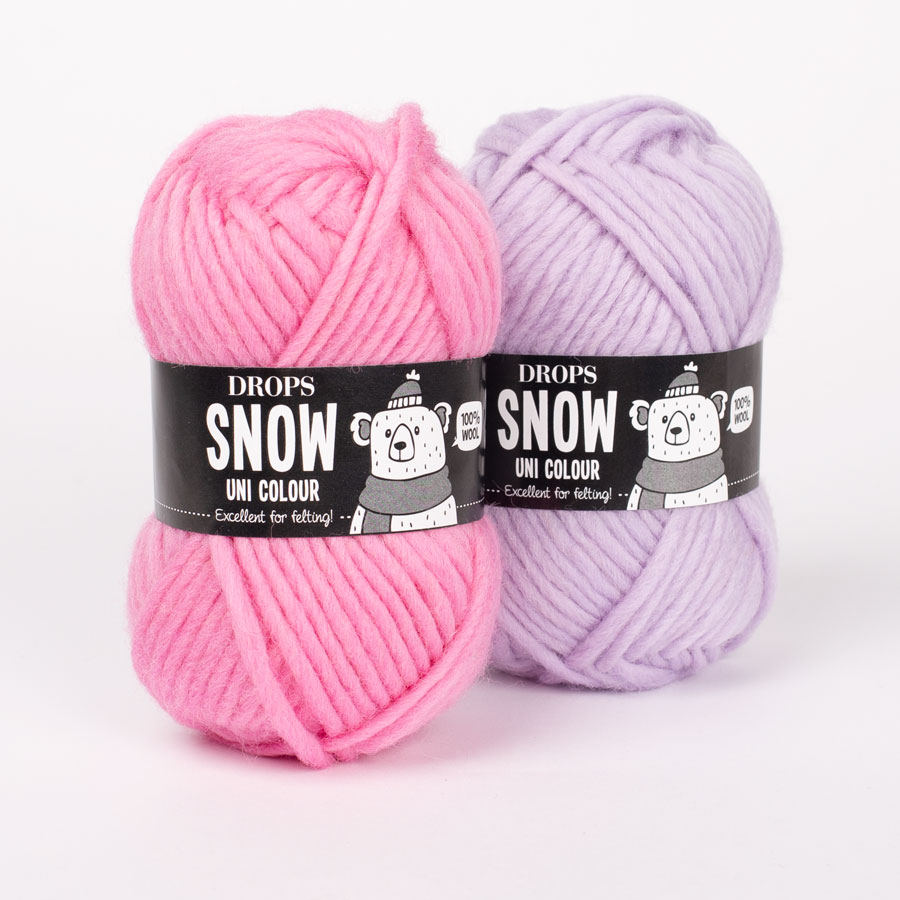
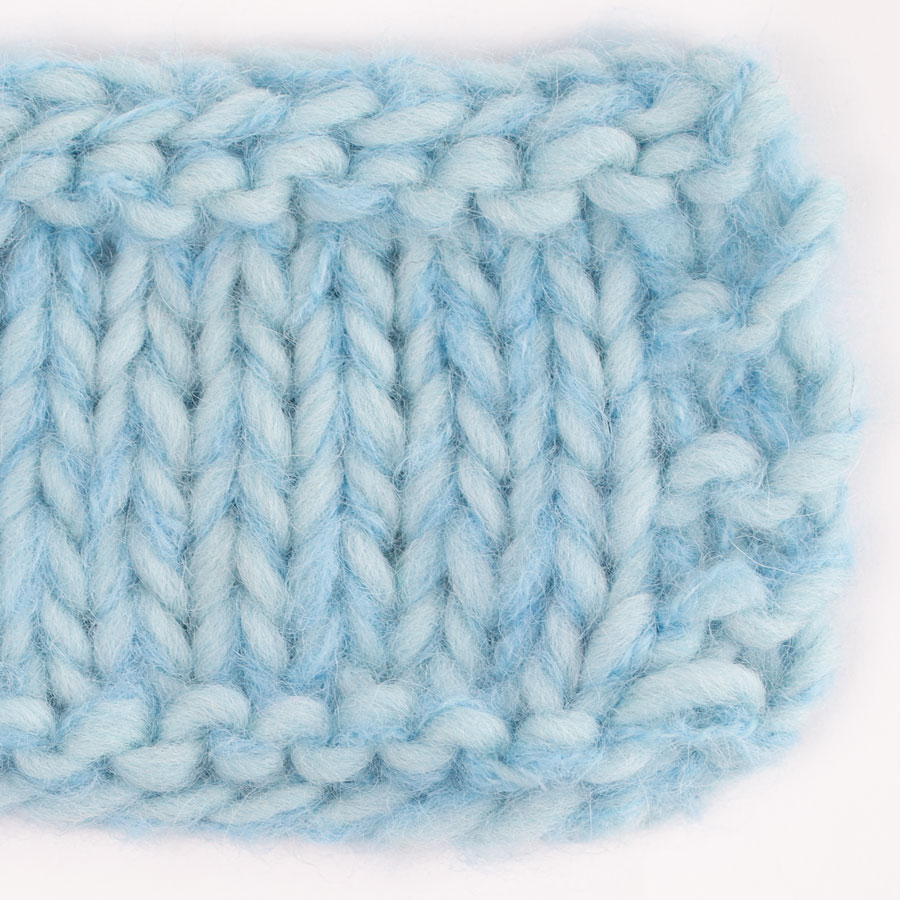
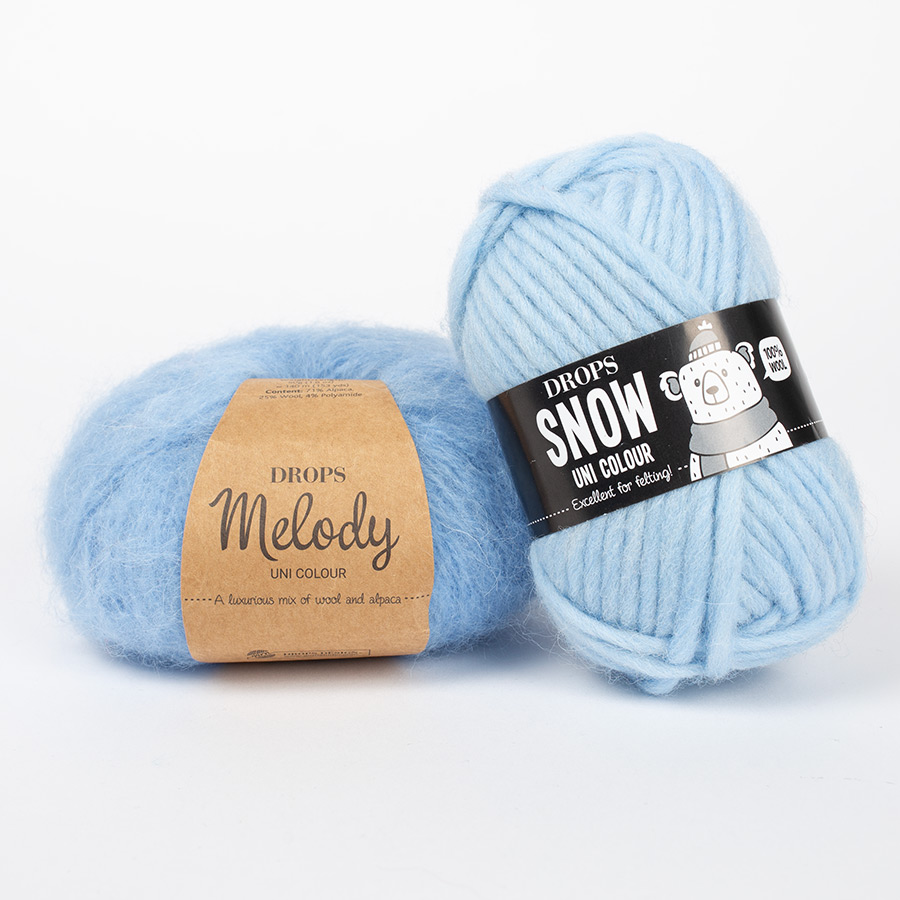
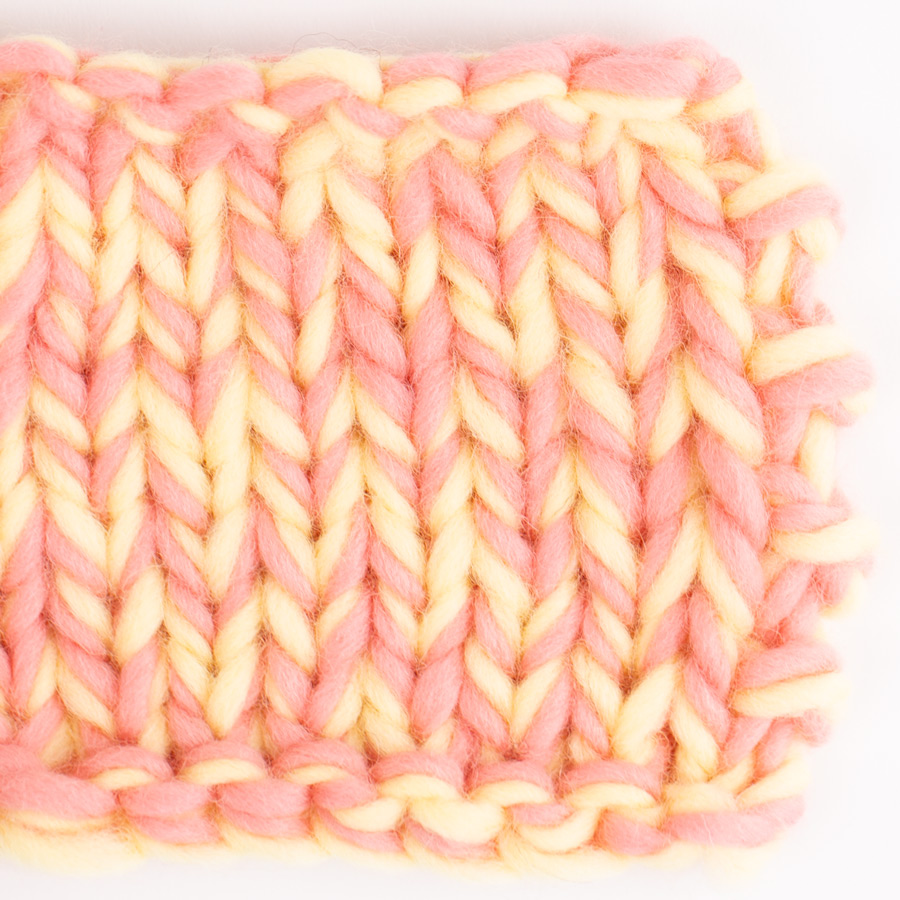
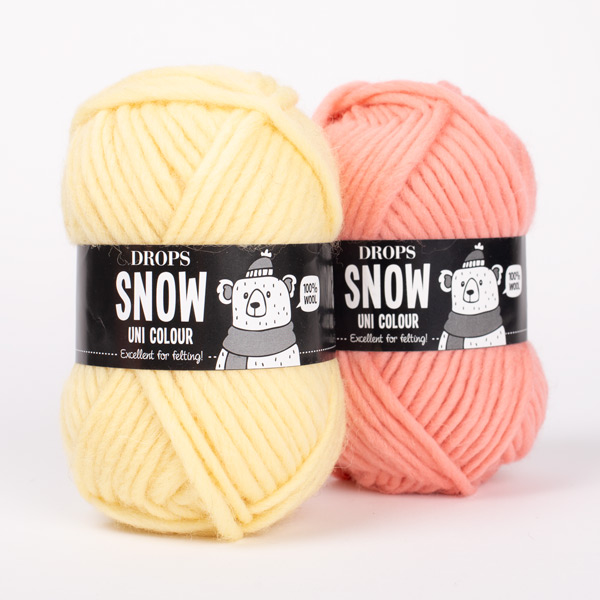
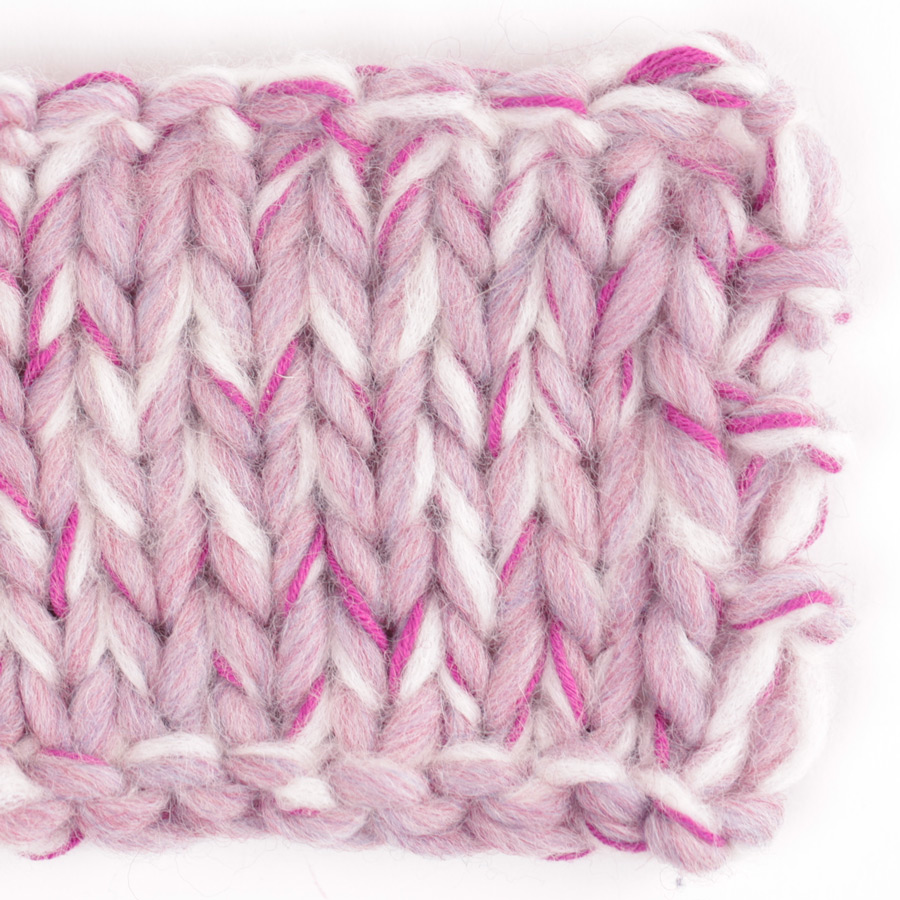
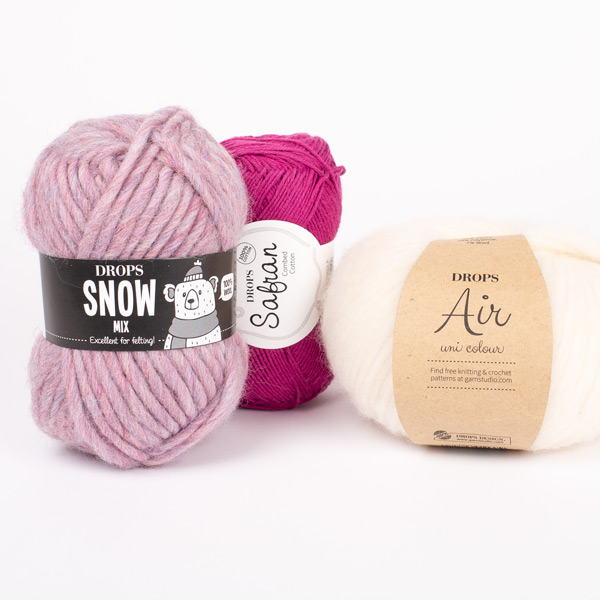
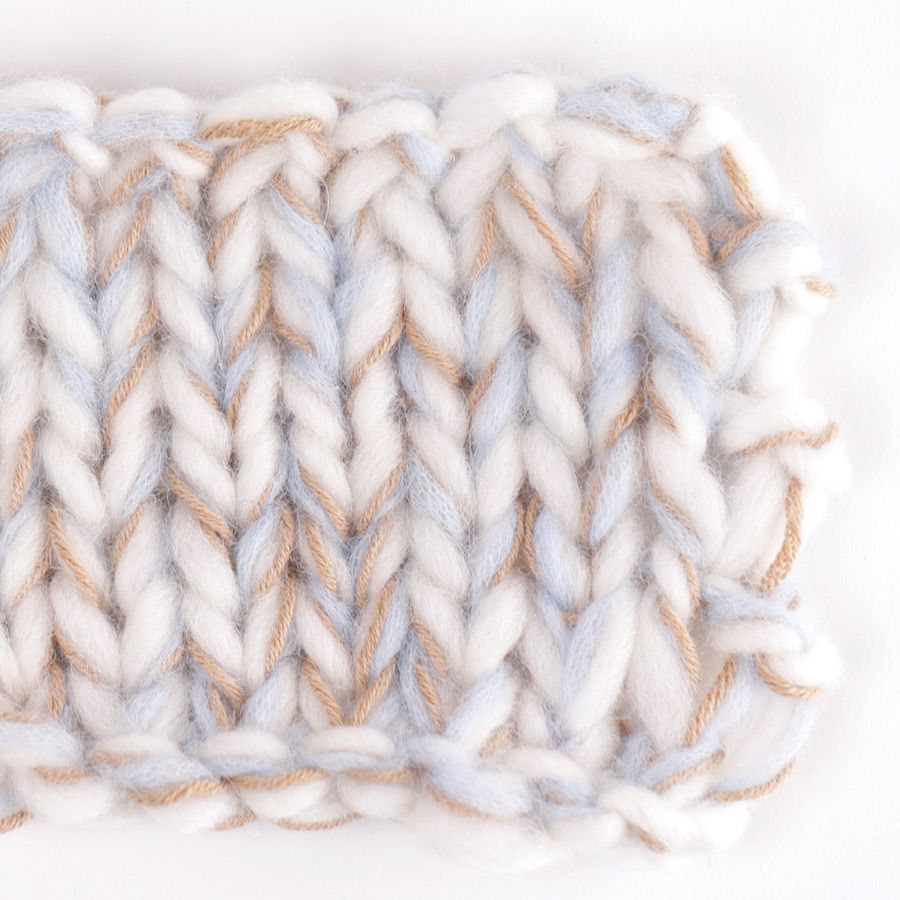
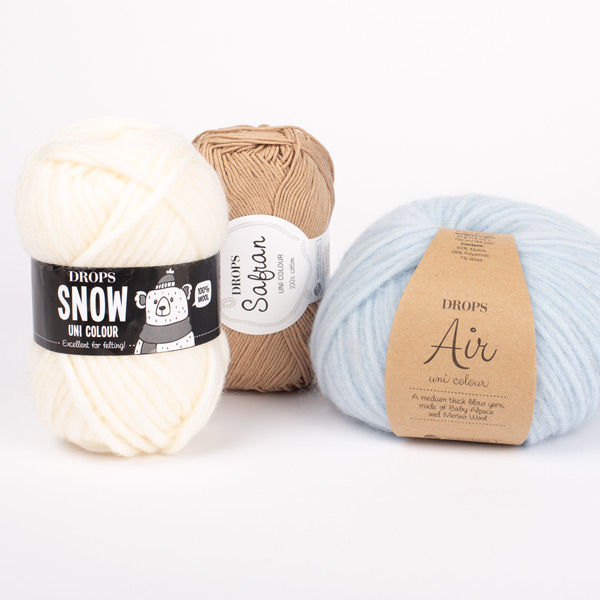
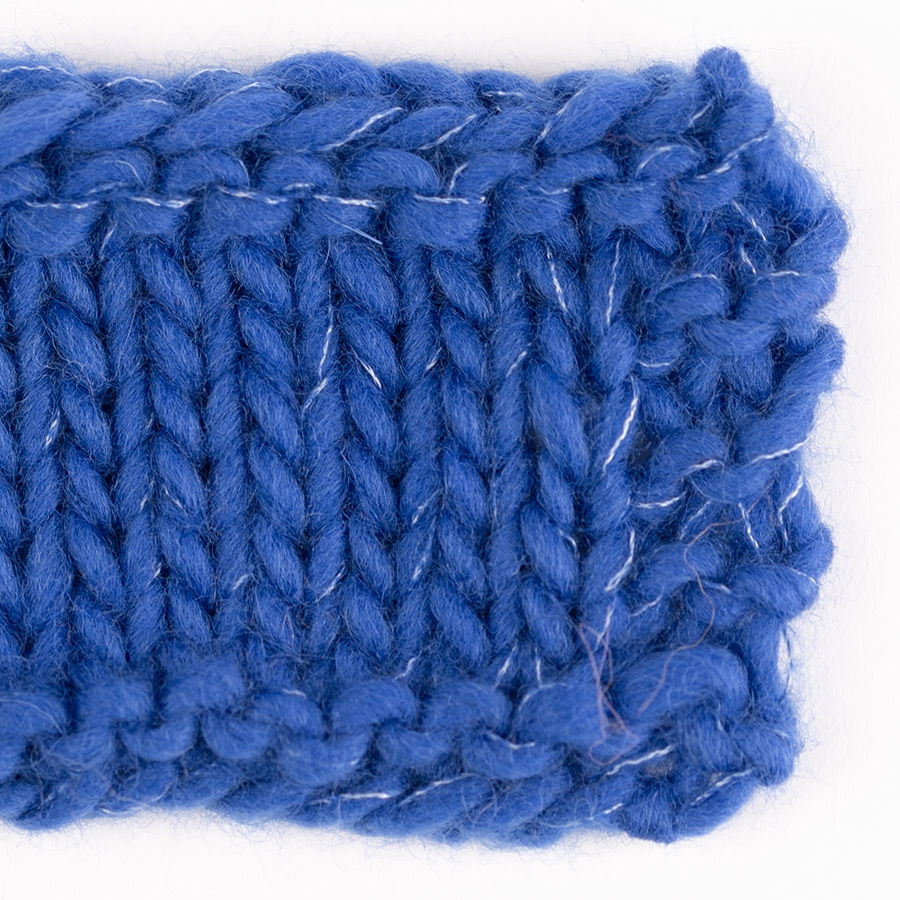
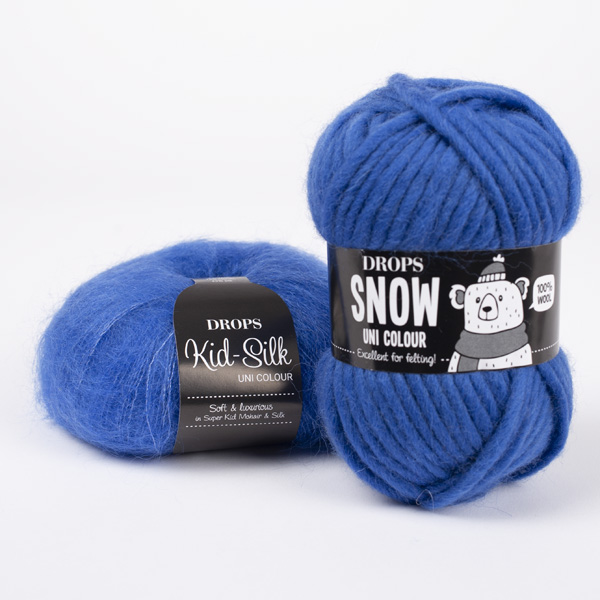
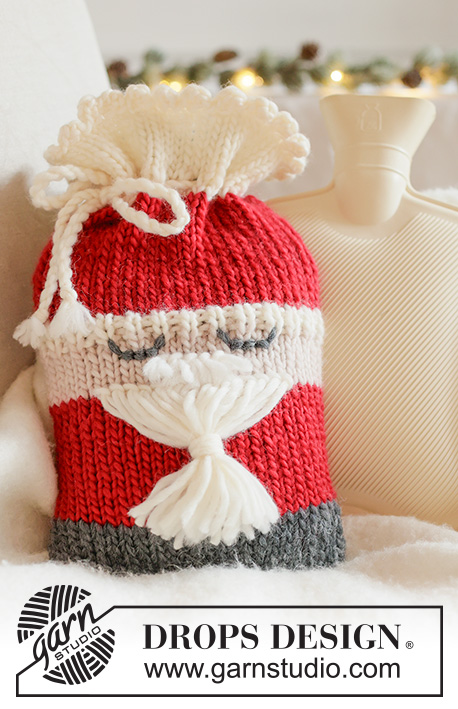


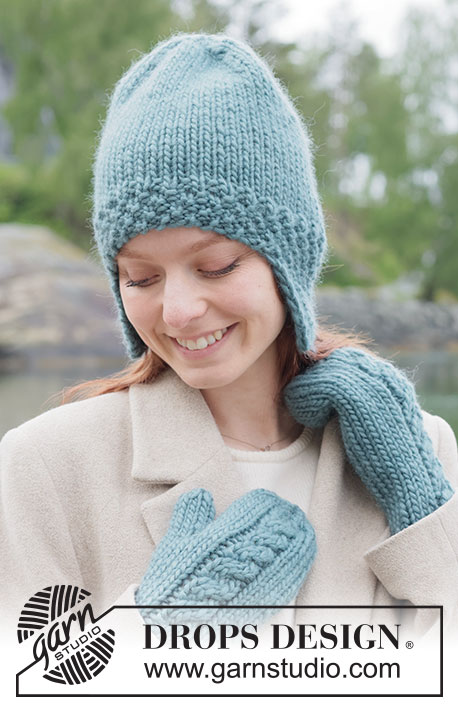
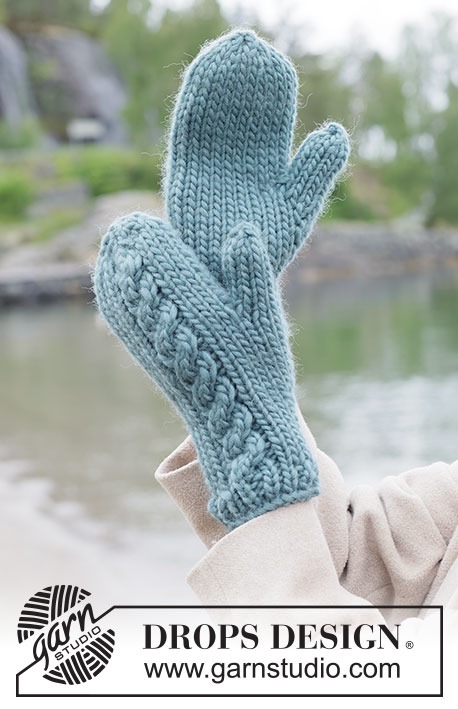









I have just finished knitting a sweater in Eskimo and it is wonderful yarn; very soft and fluffy. However it would be great if this came in larger balls, at least 100 gramms. With a 50 g ball one has so many ends to darn in when making a garment
13.03.2016 - 23:45